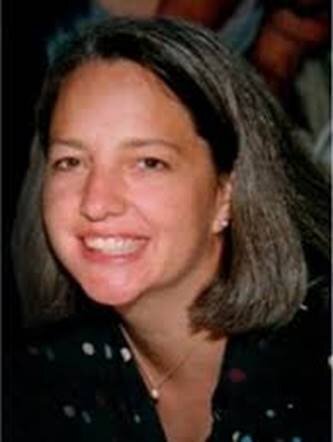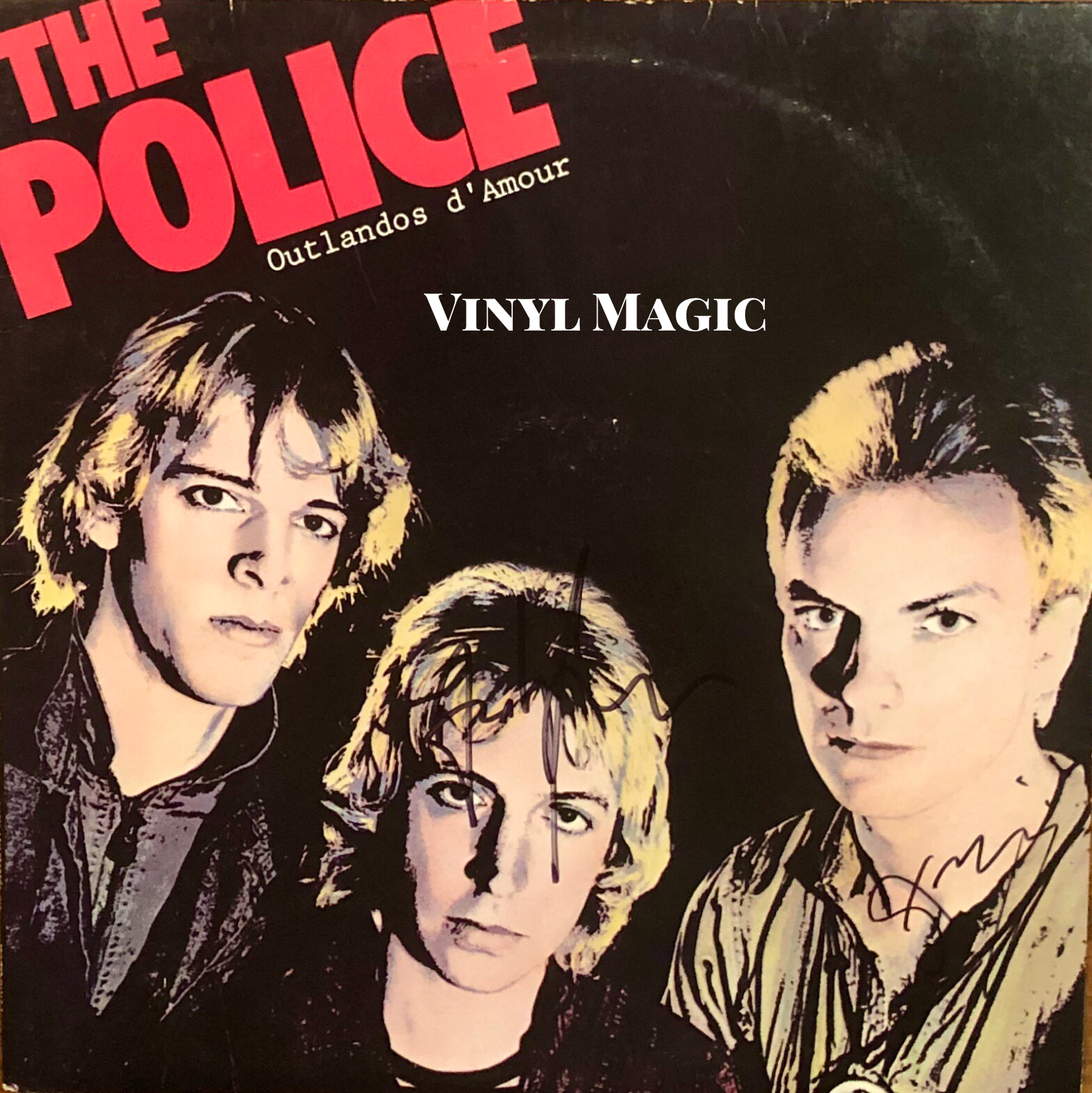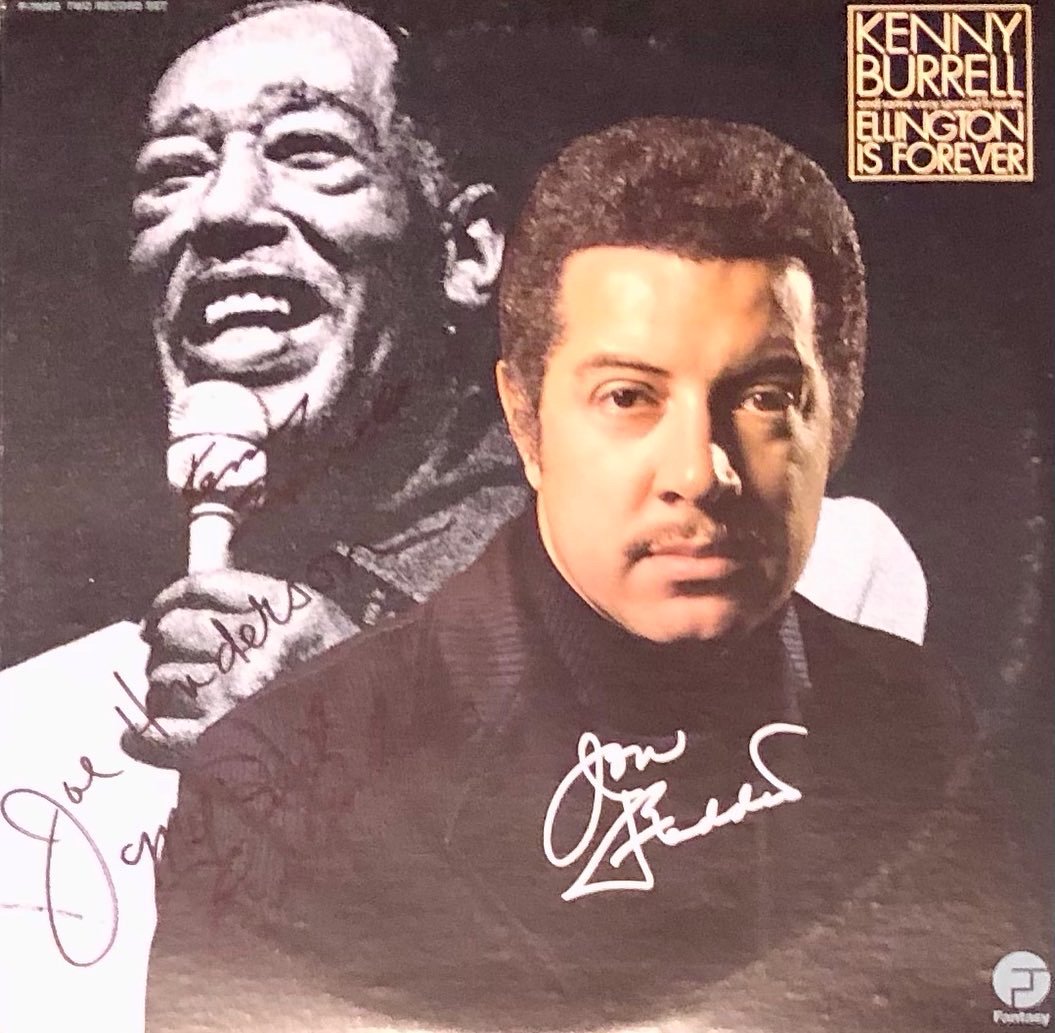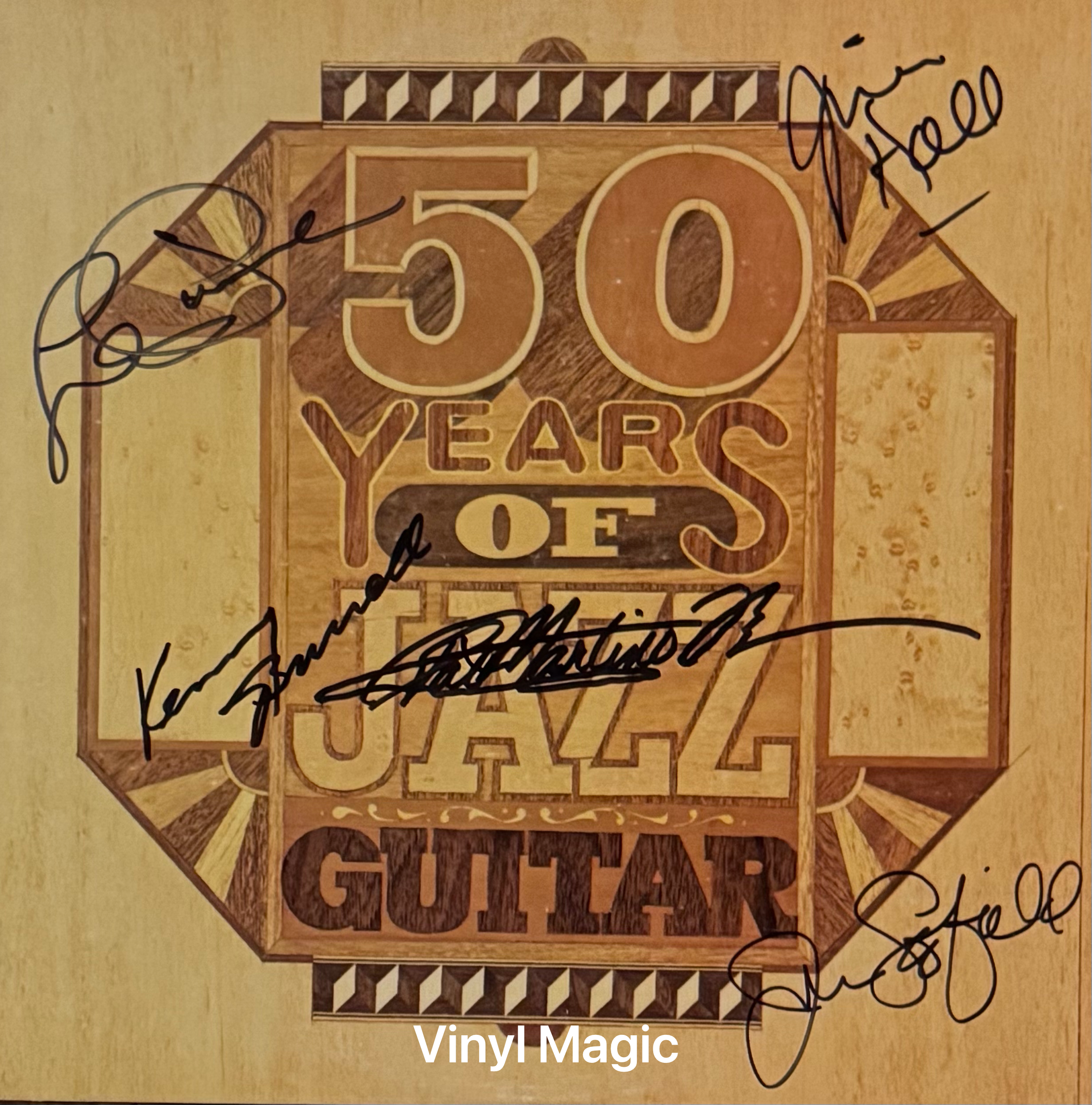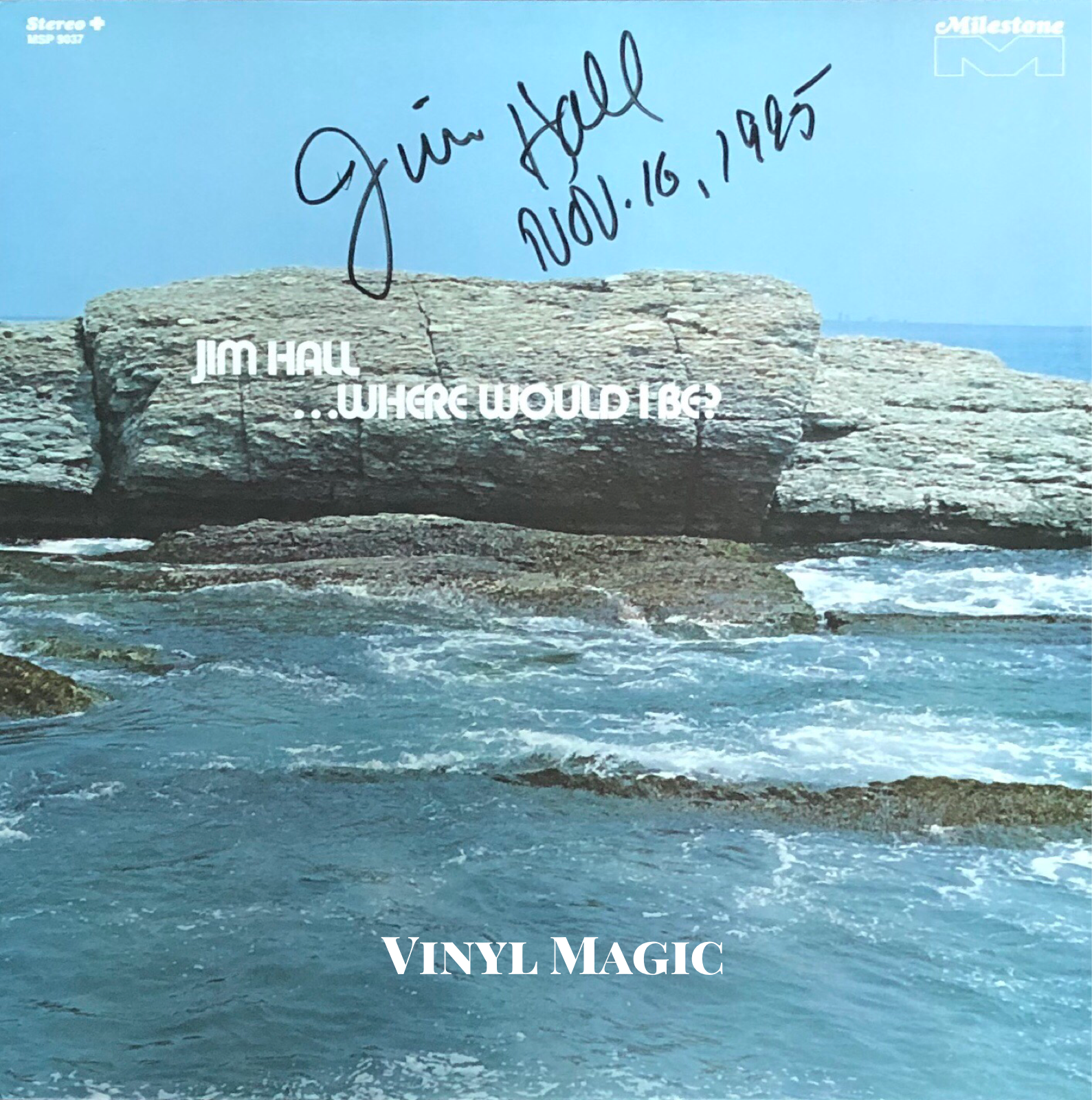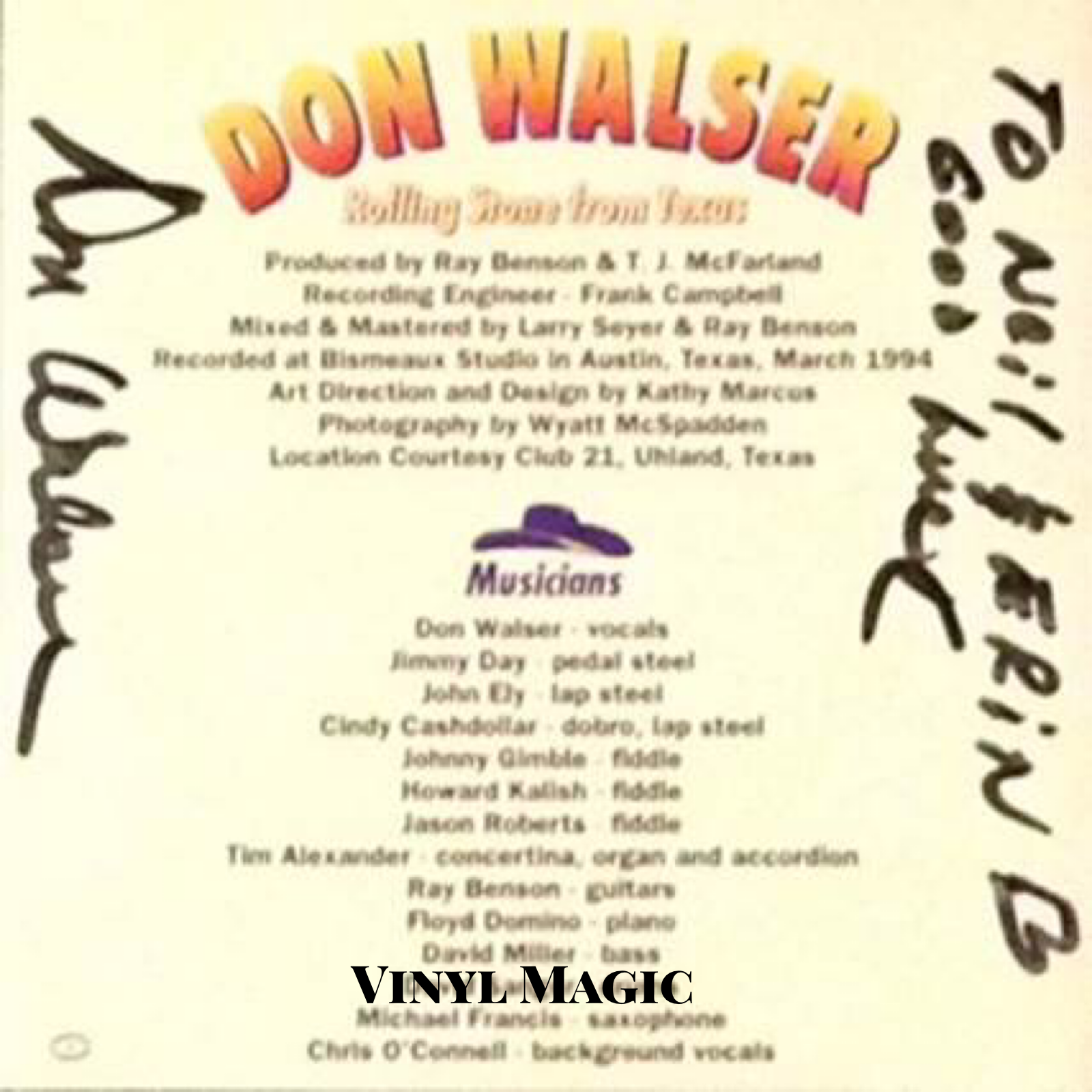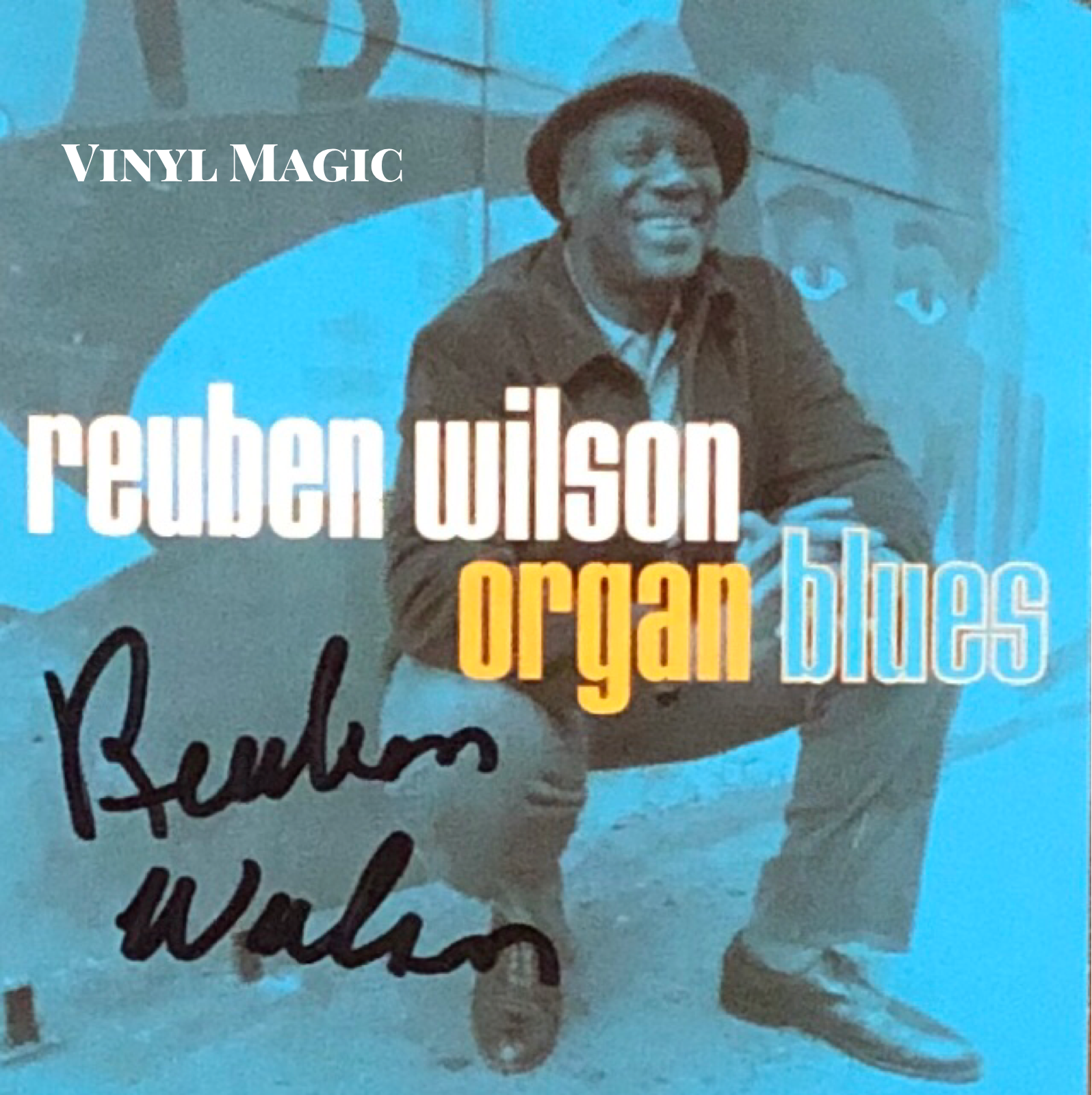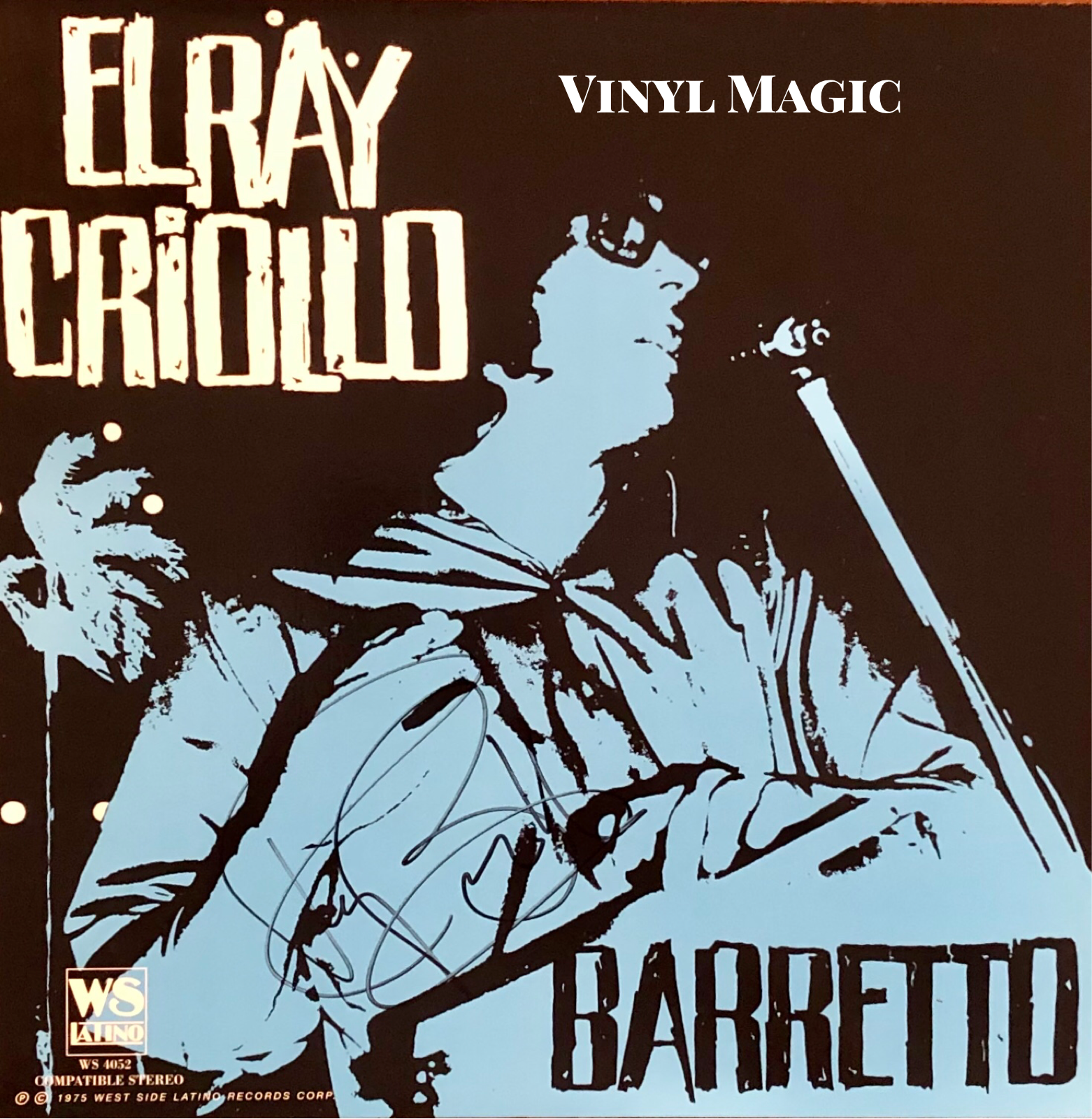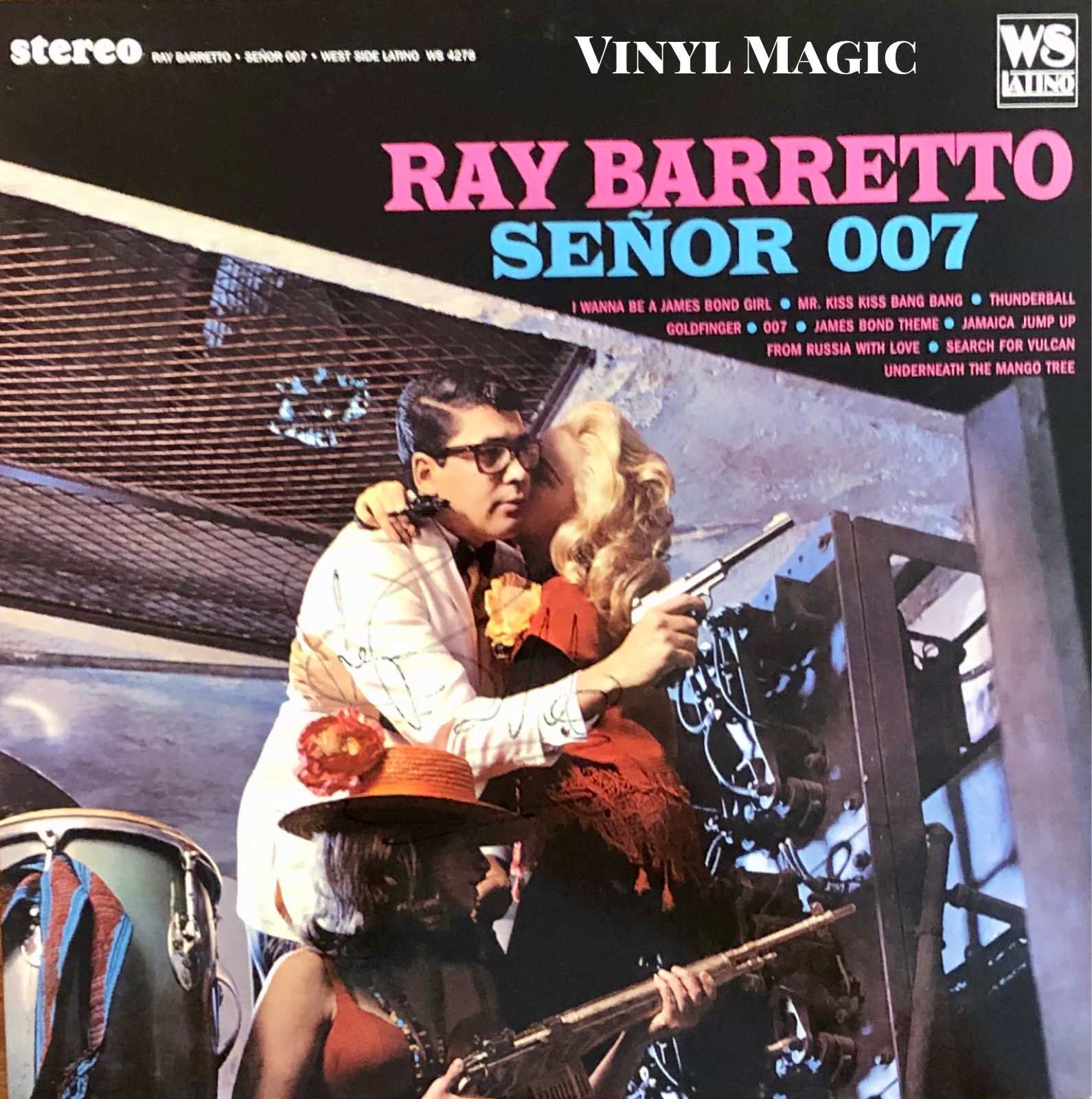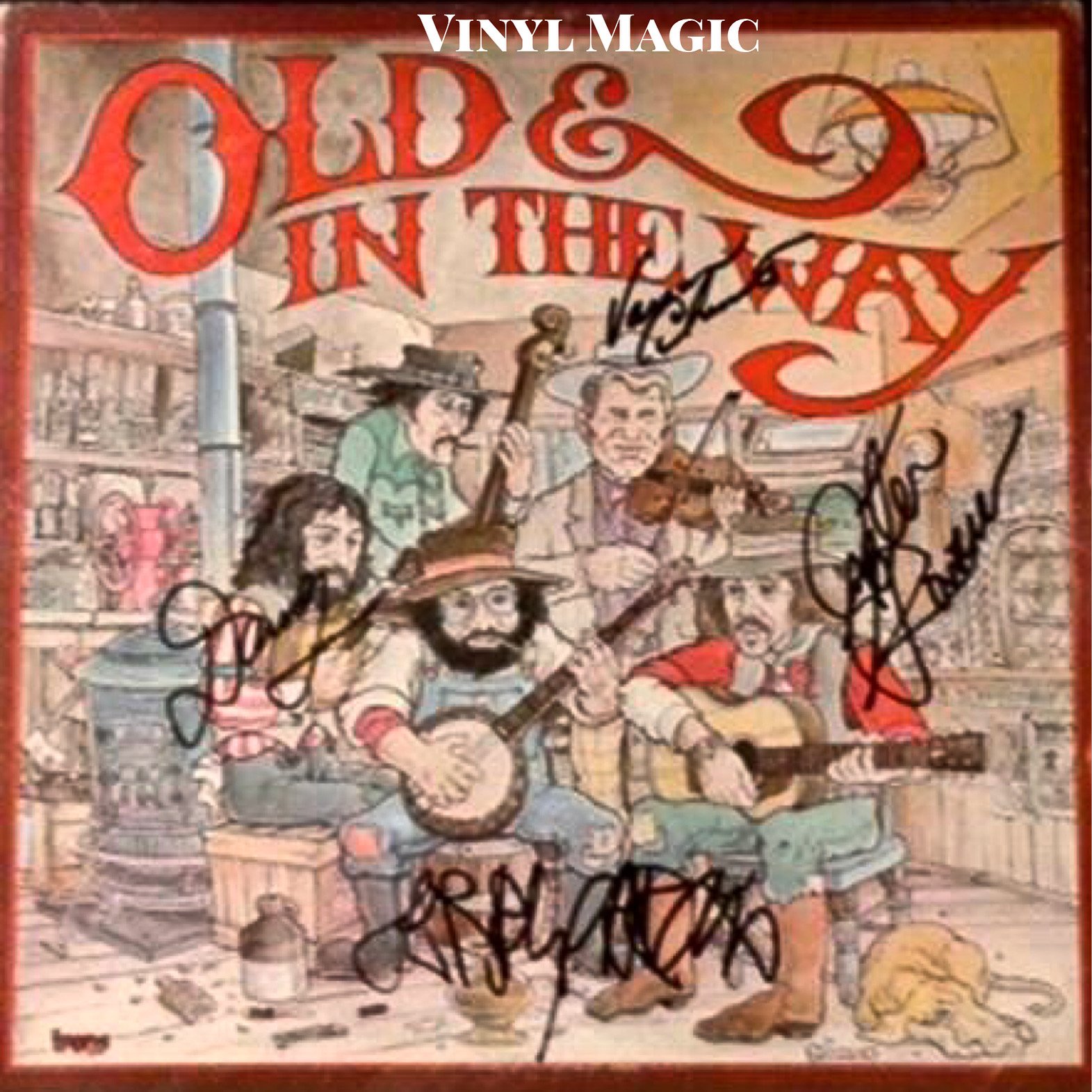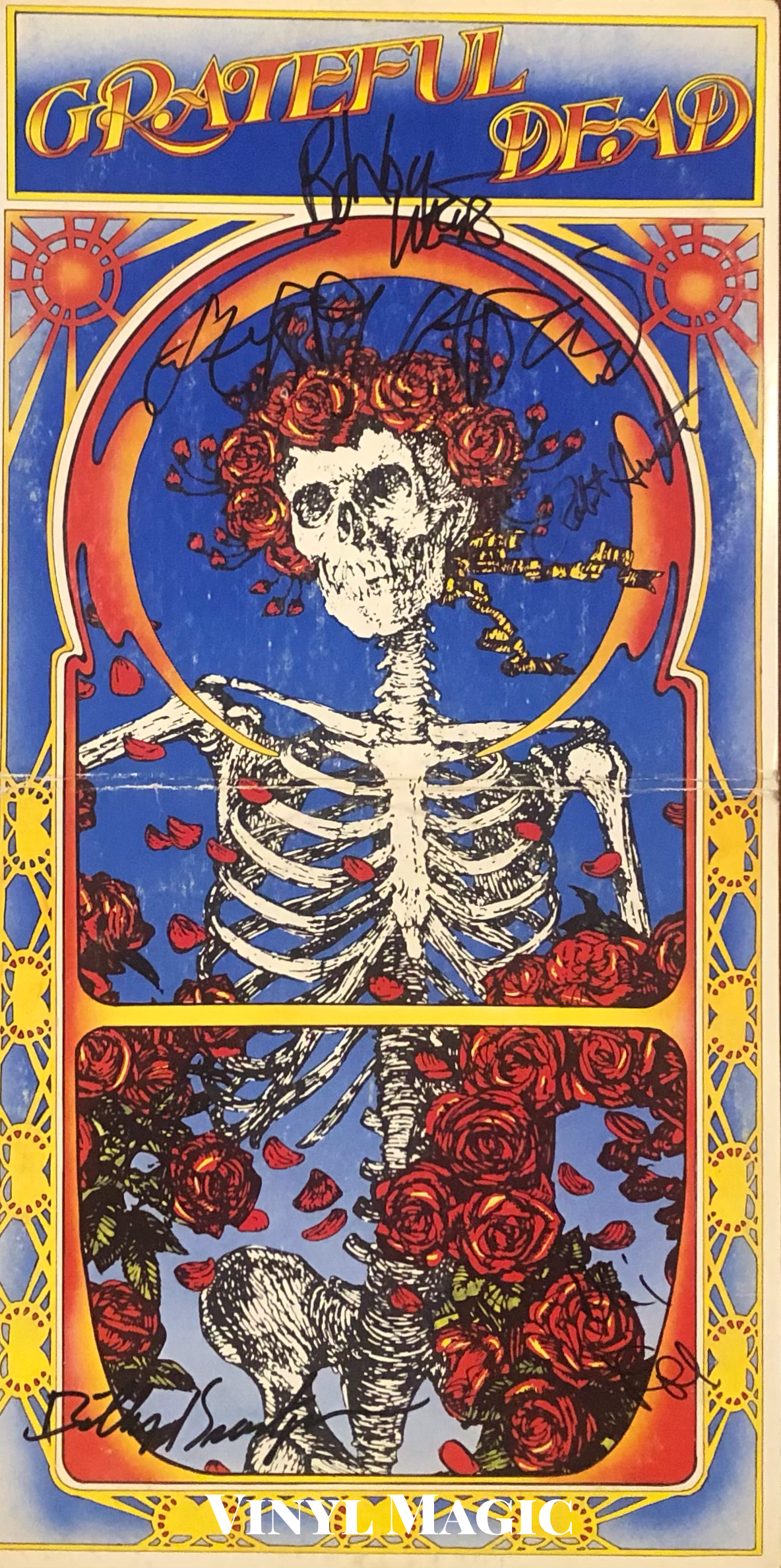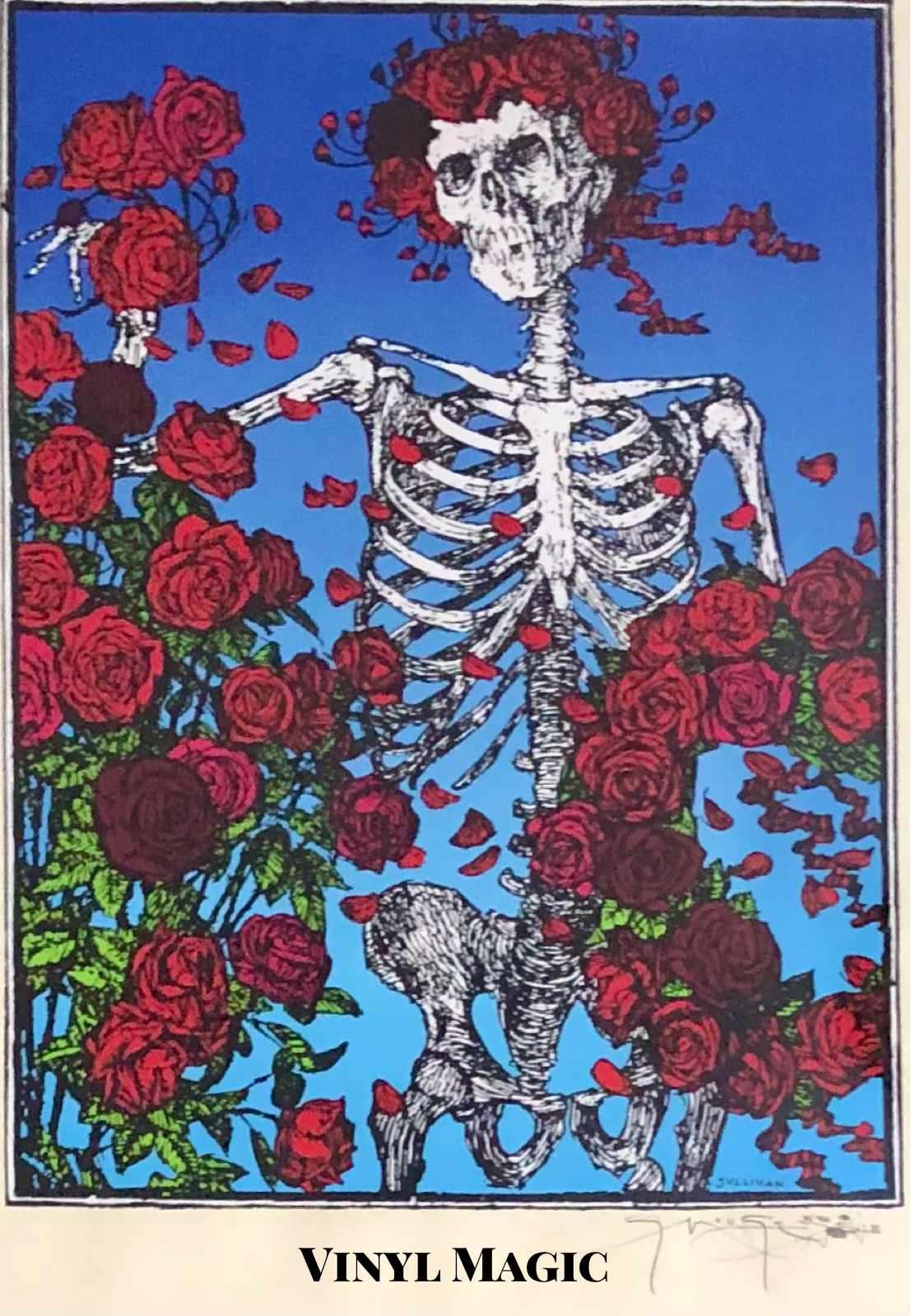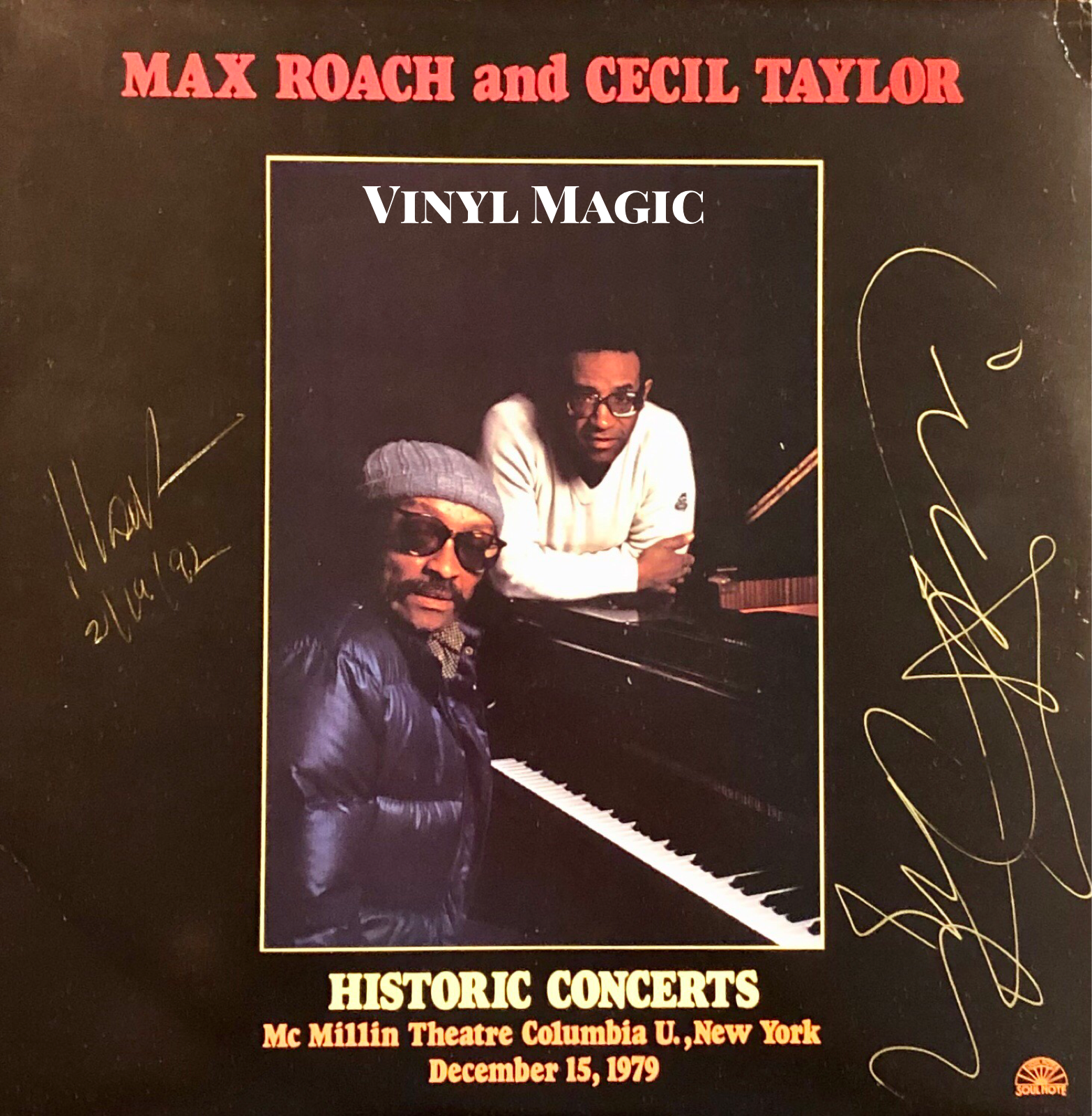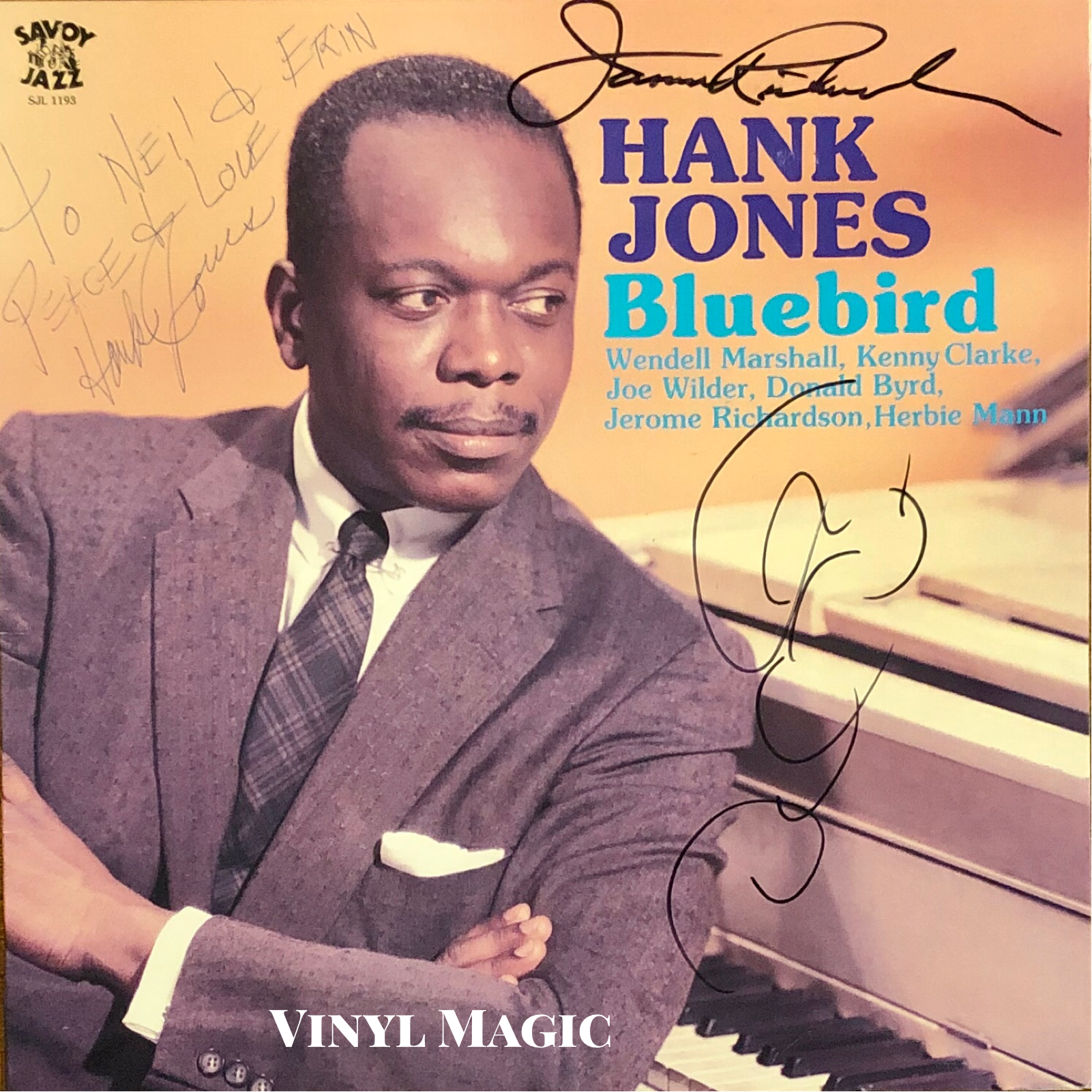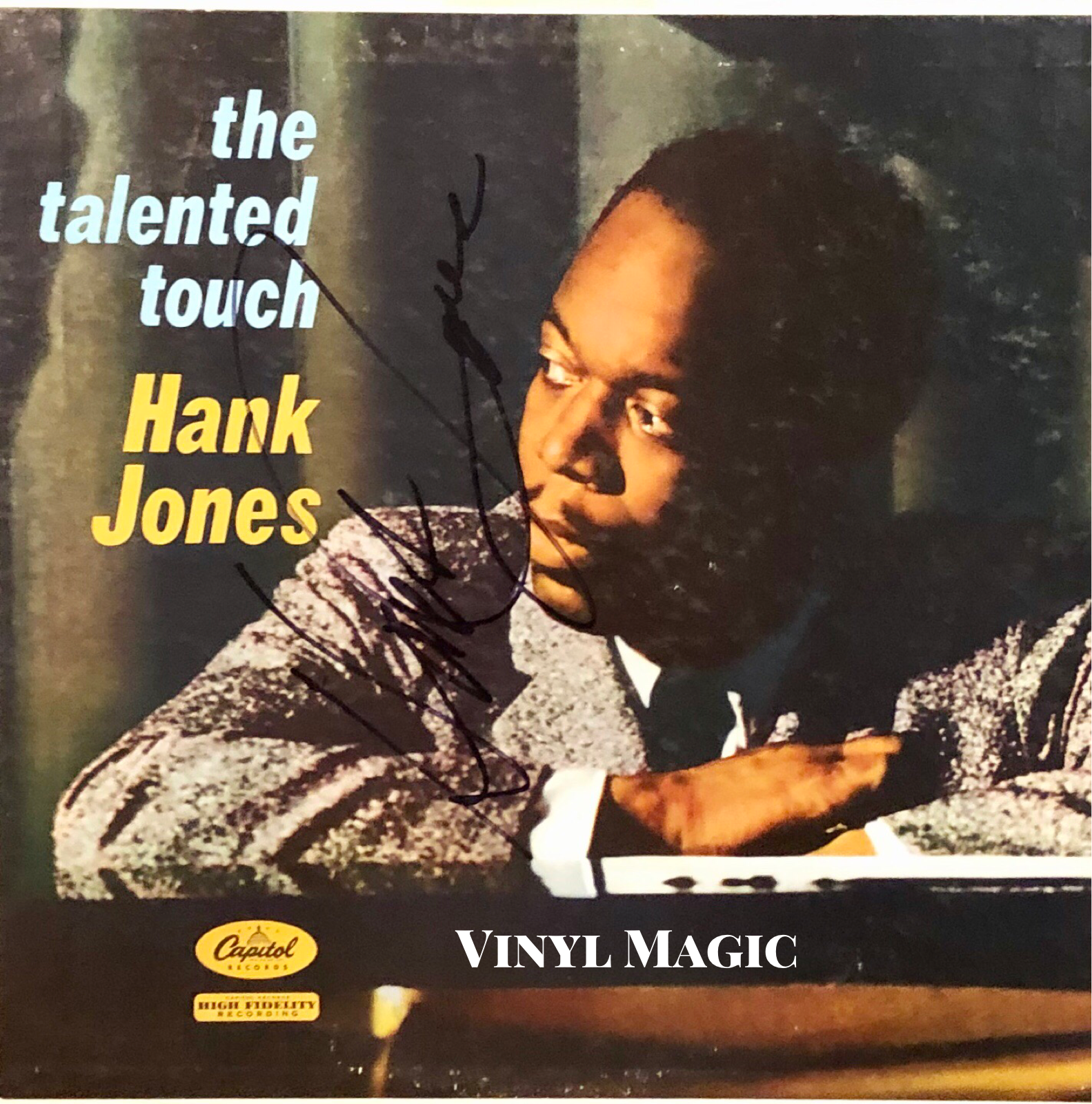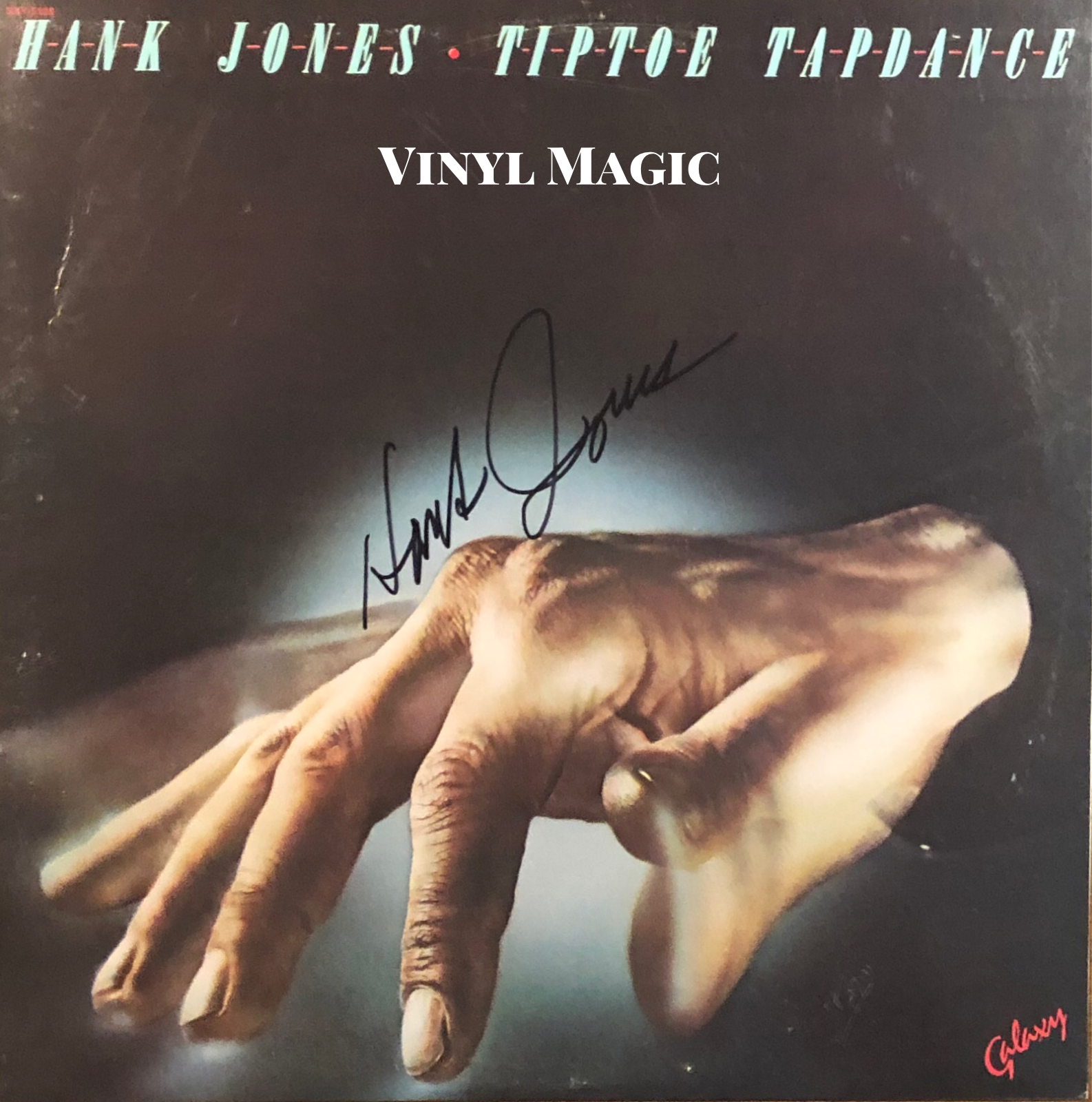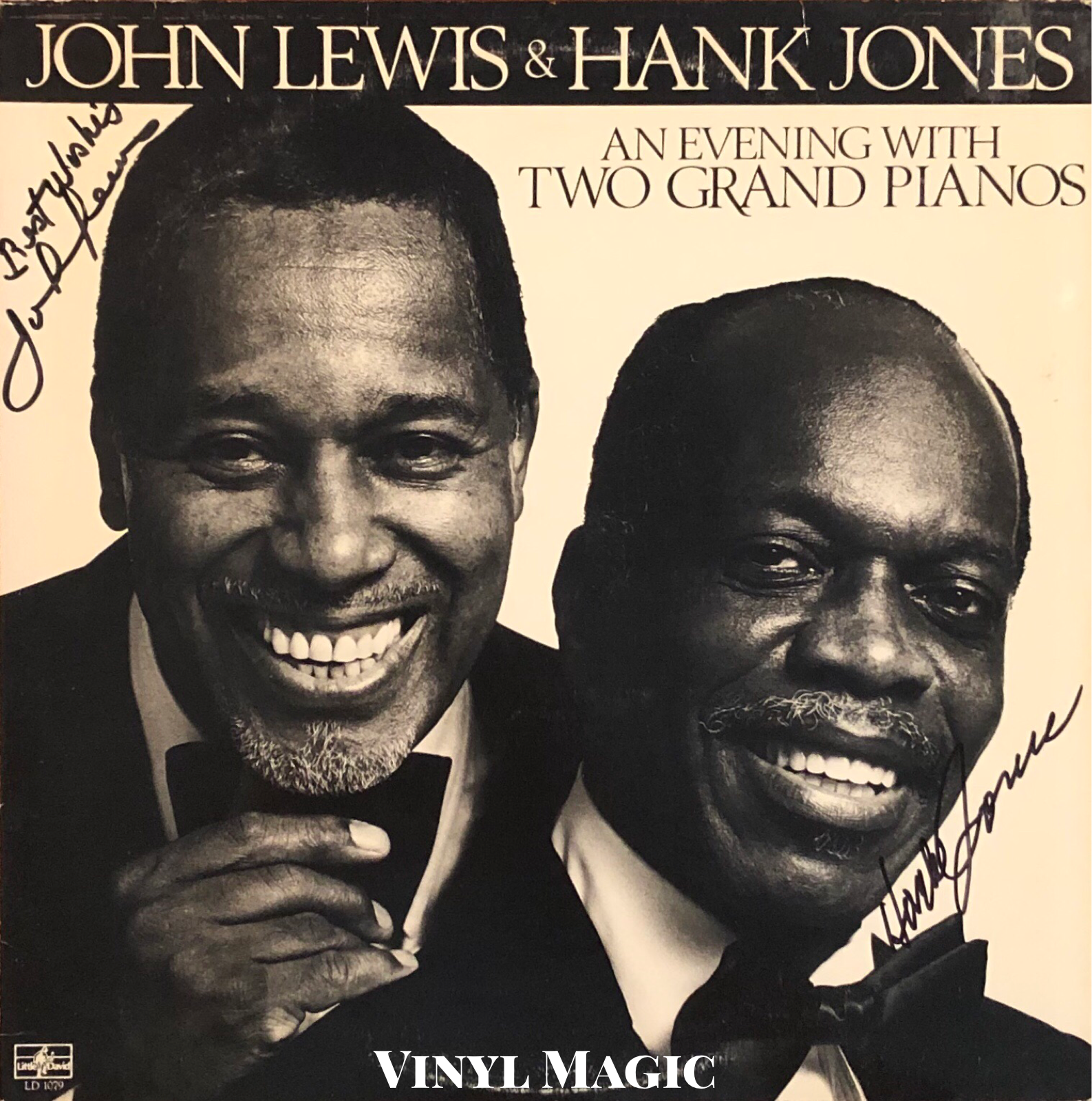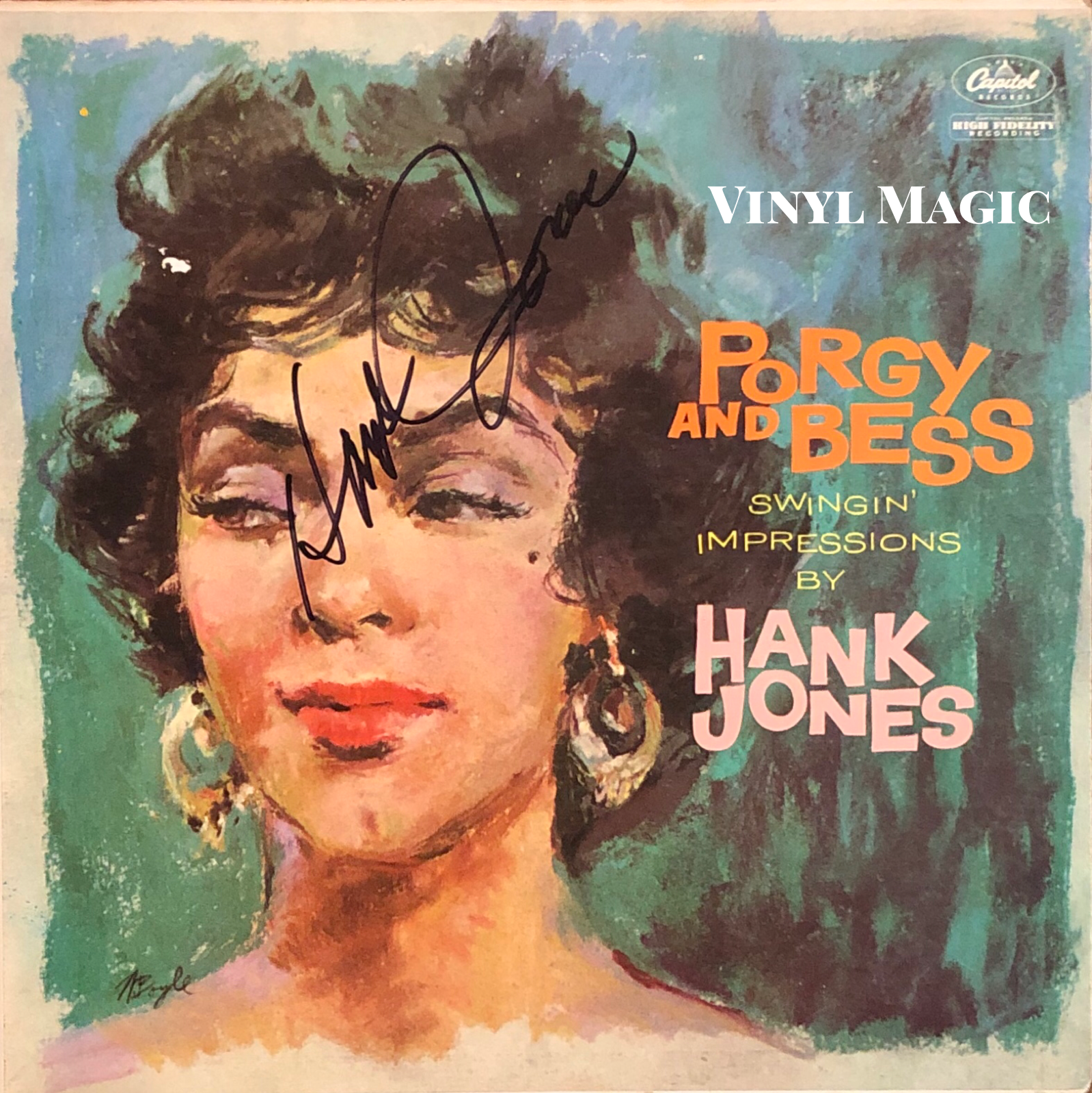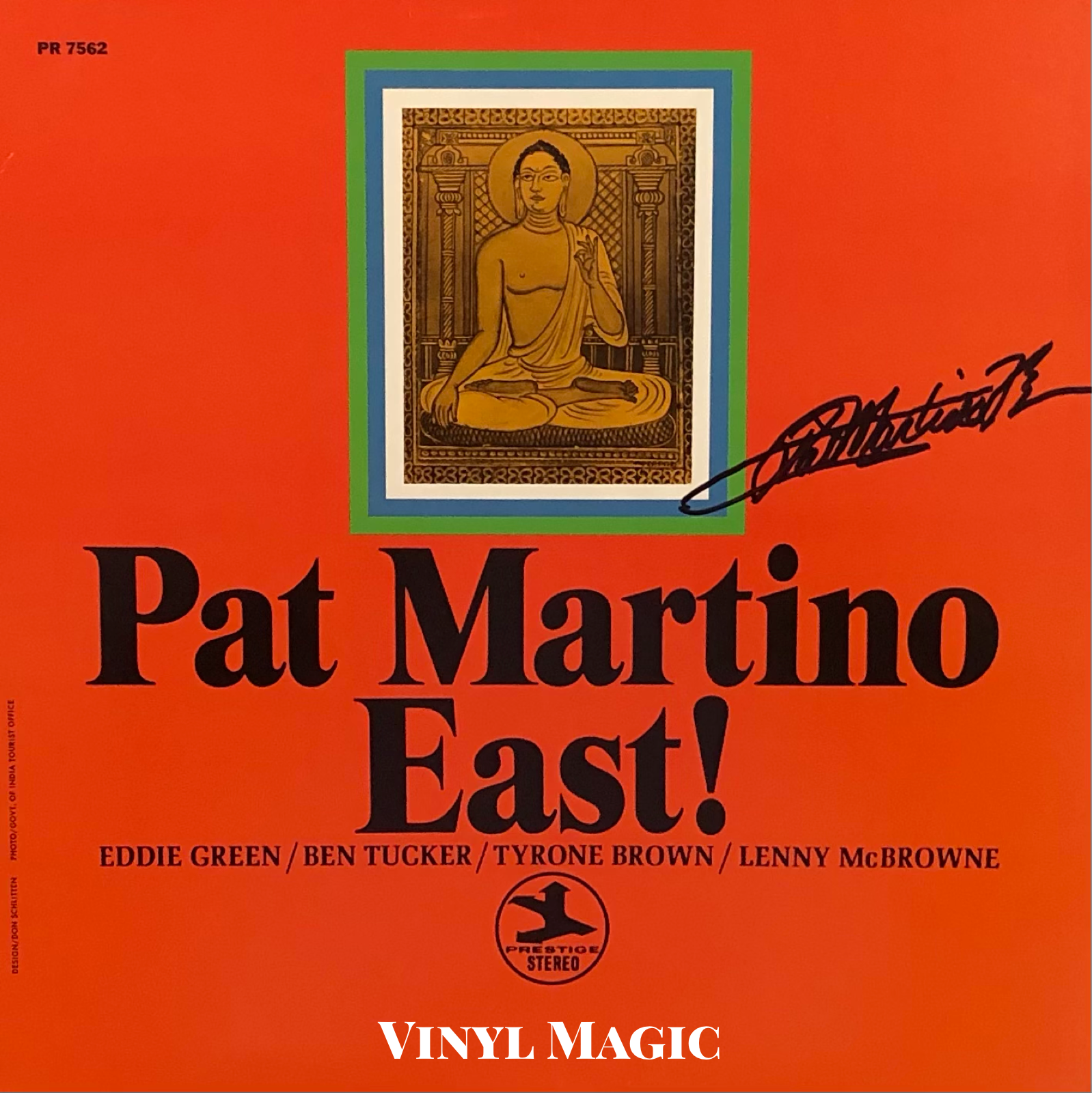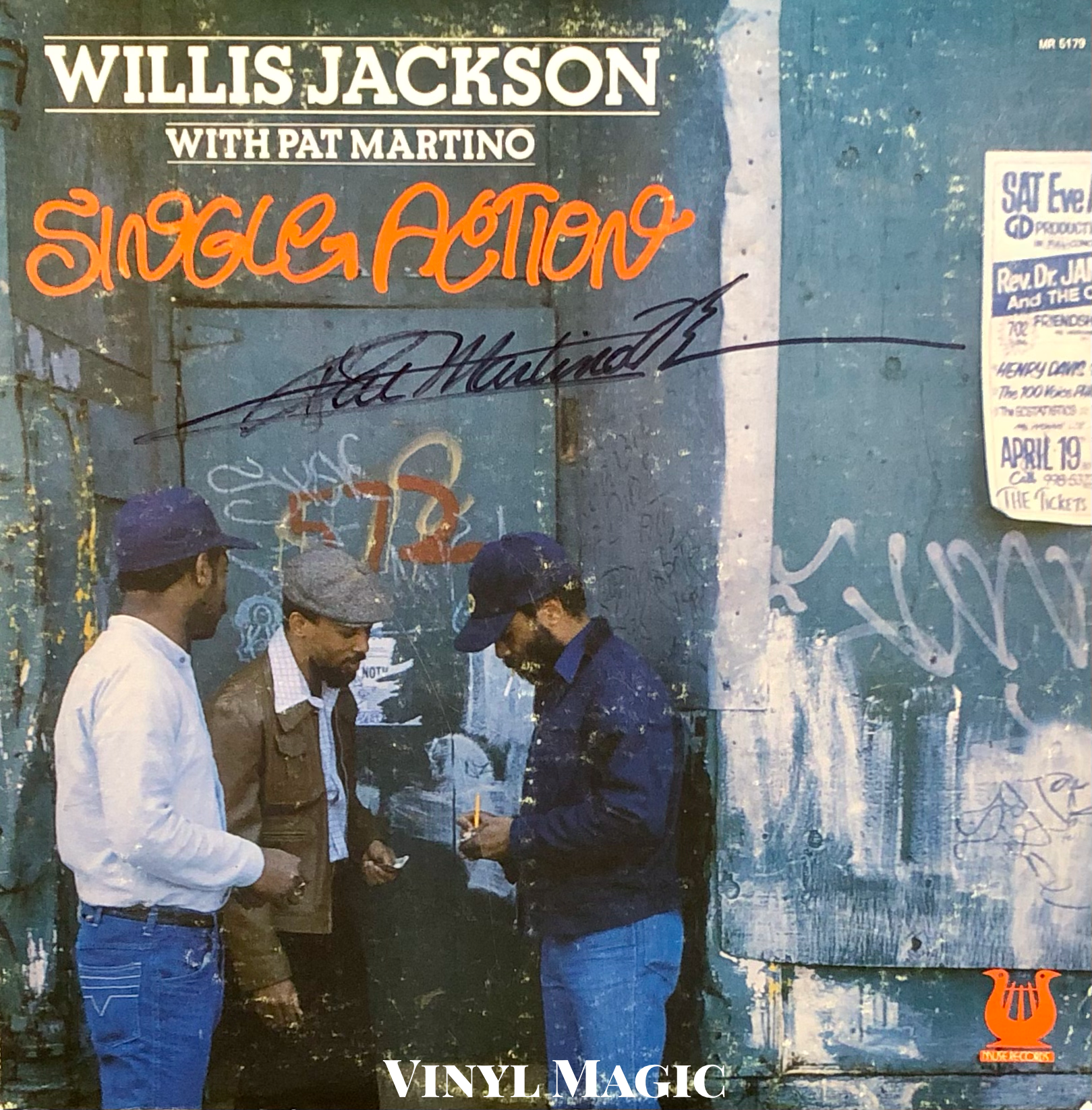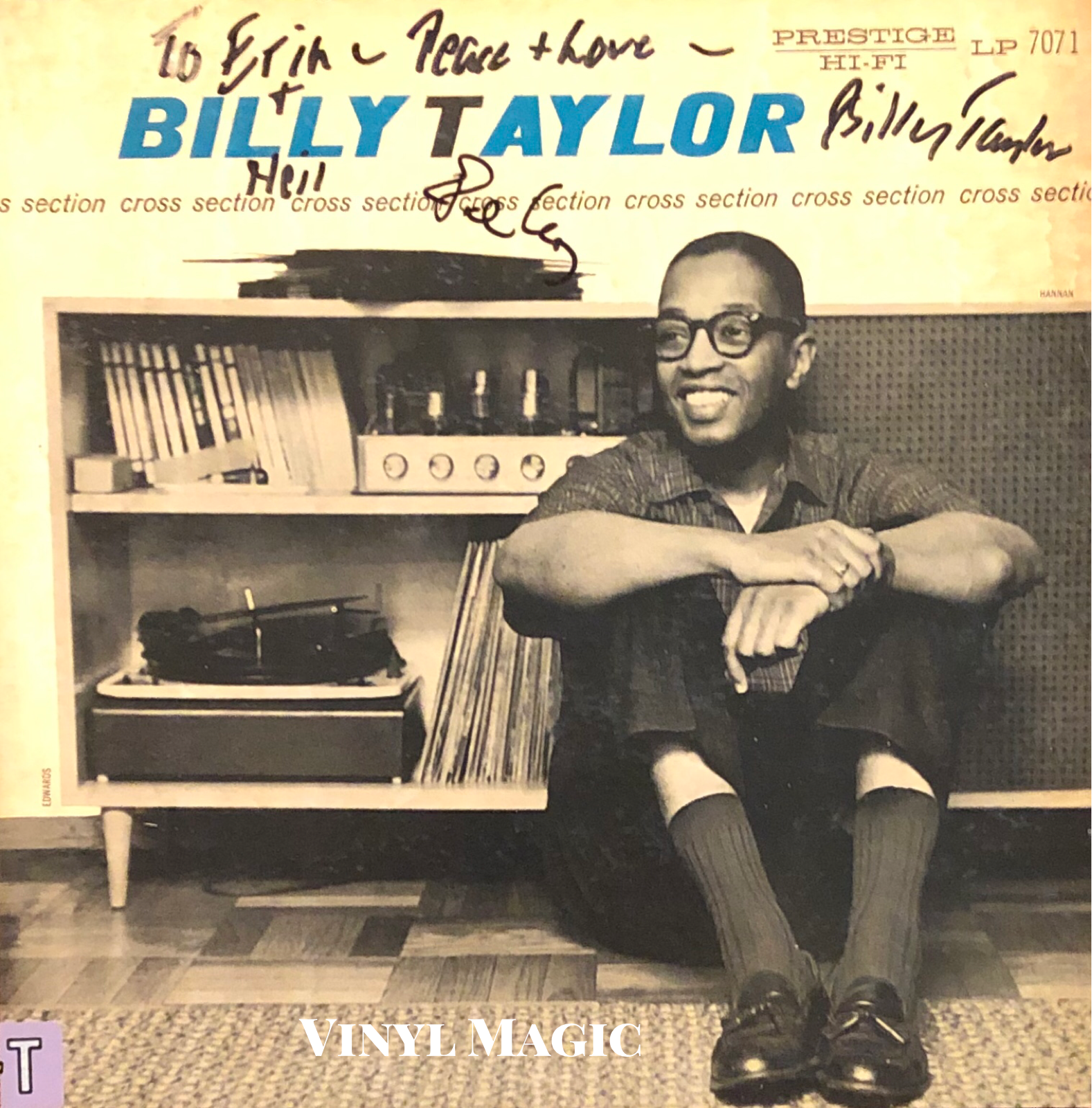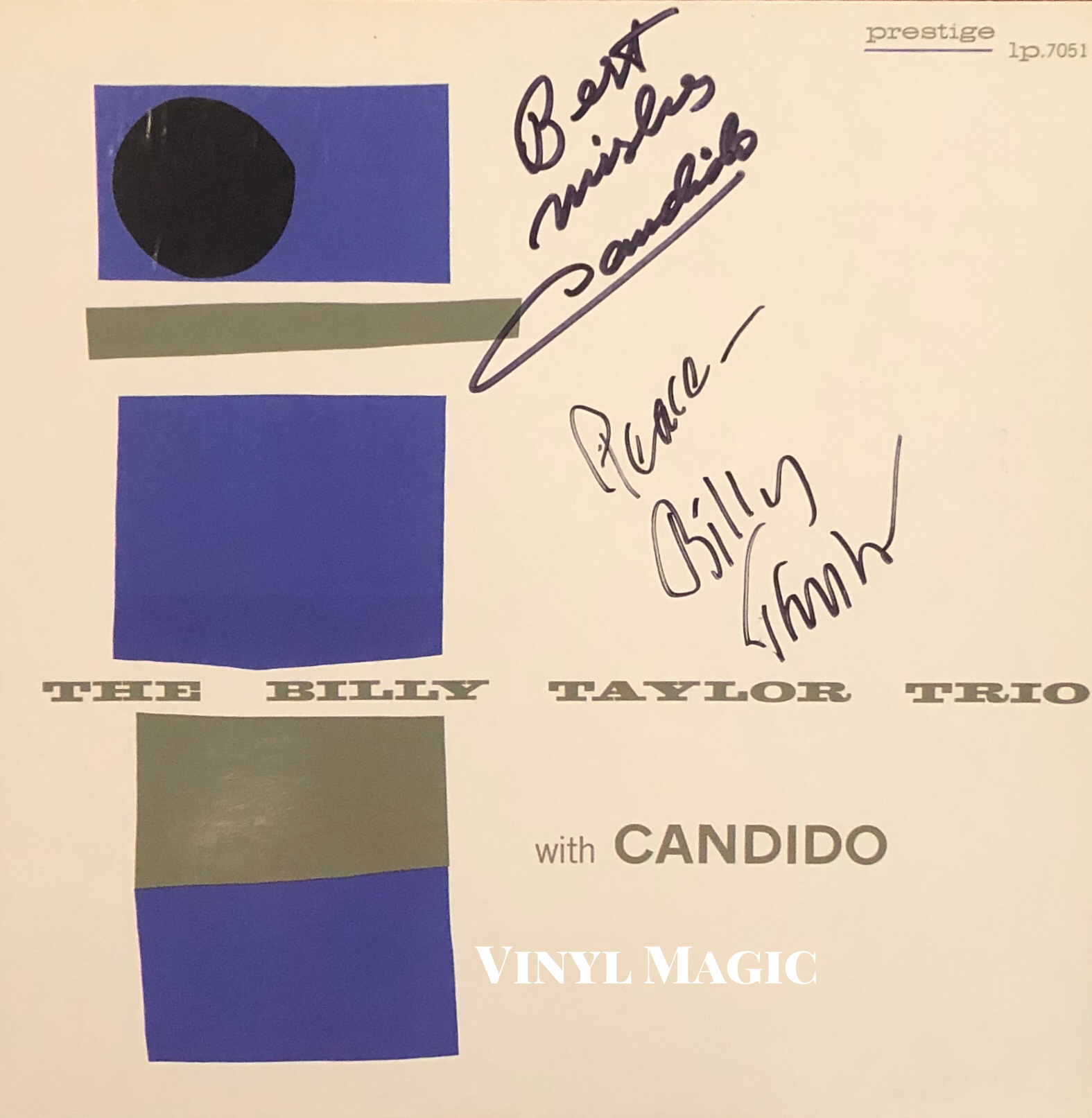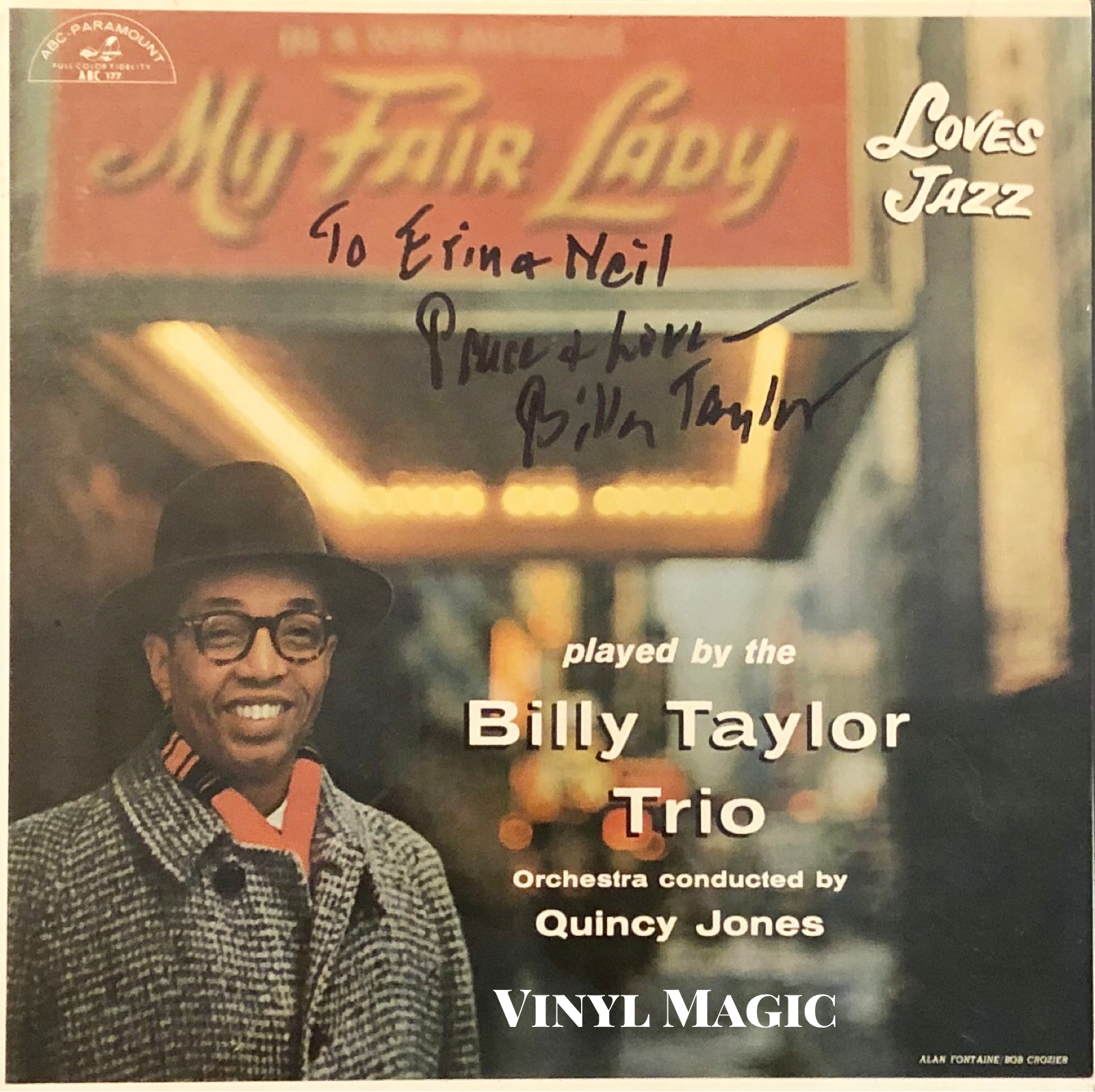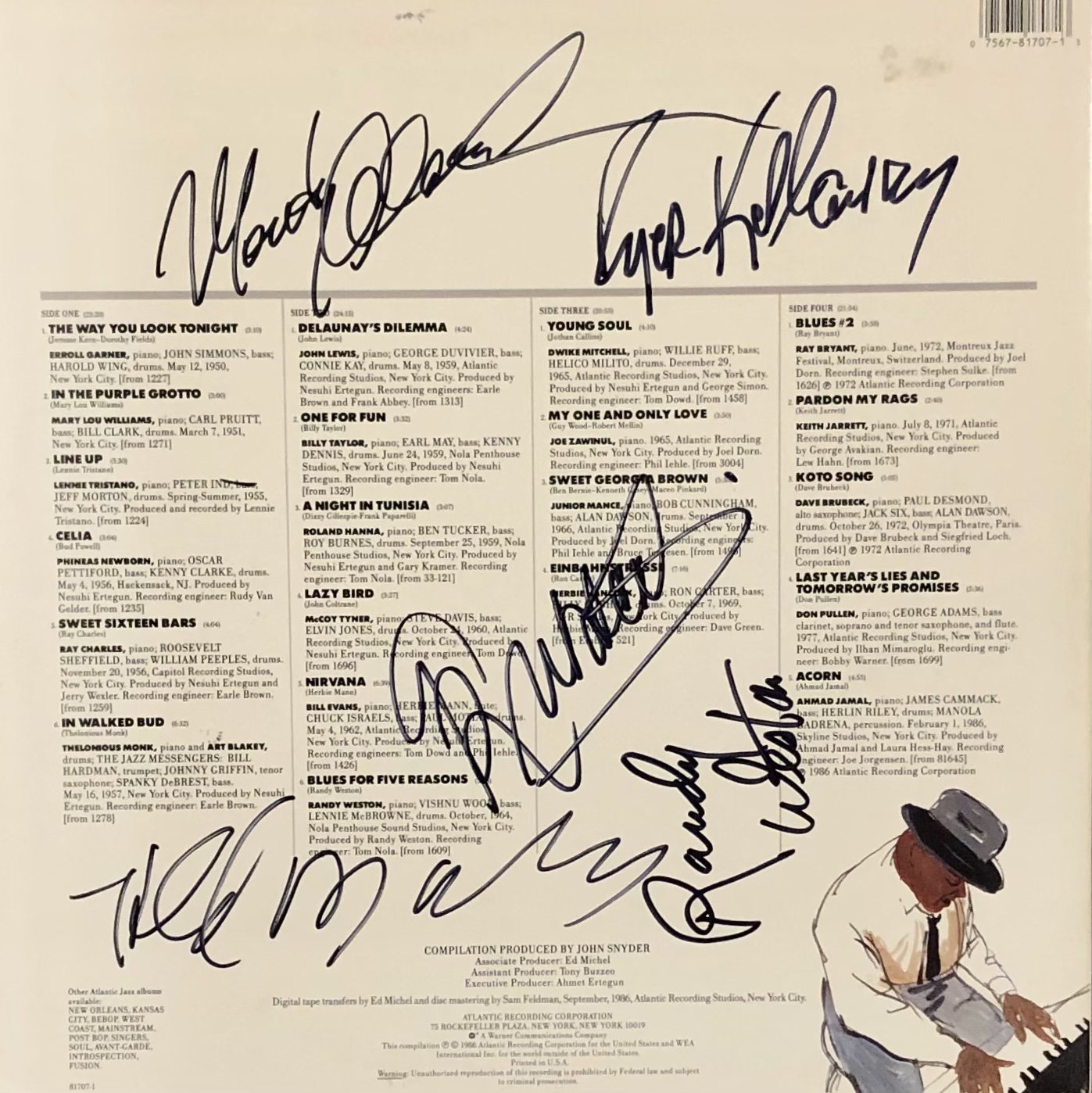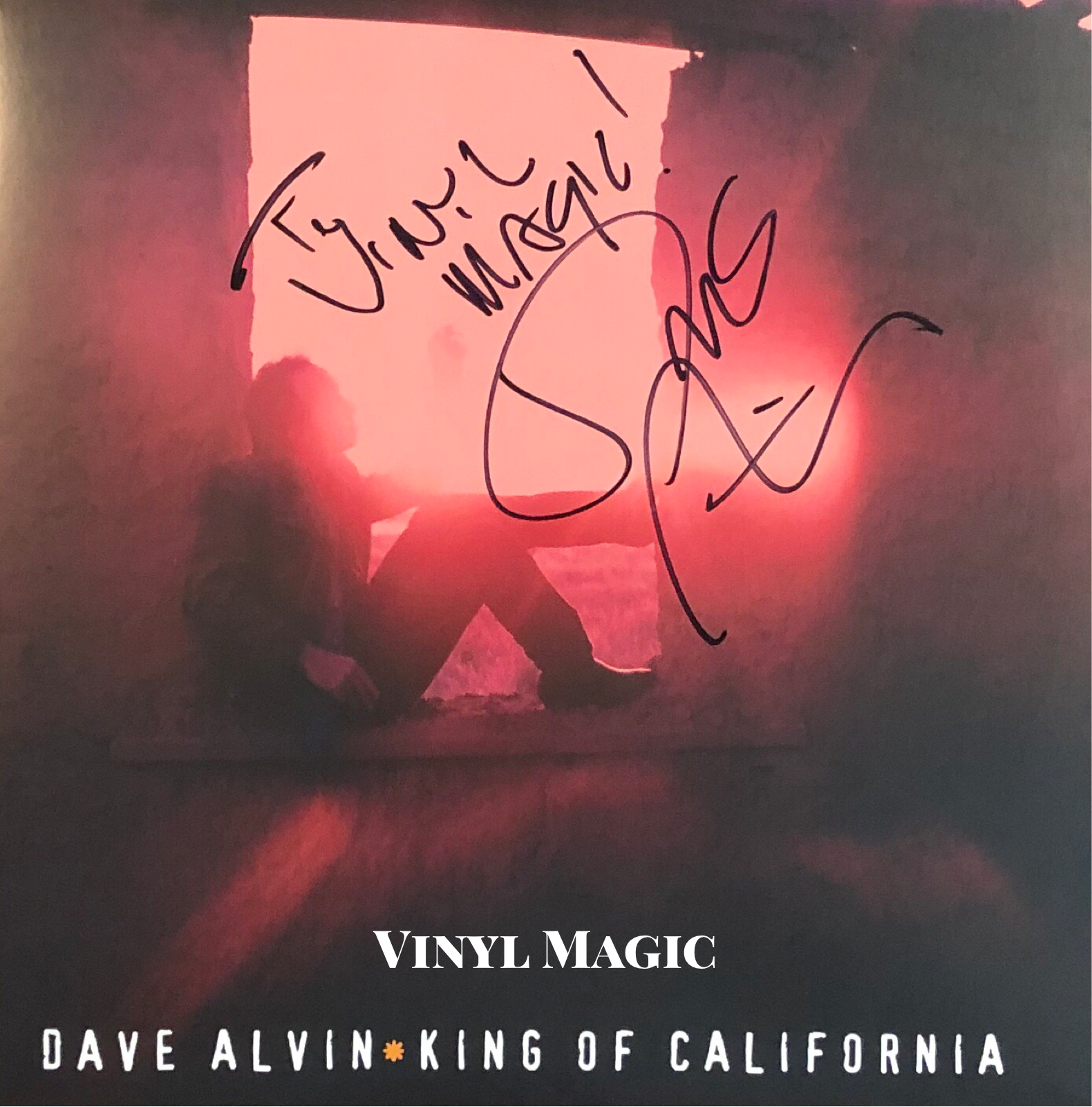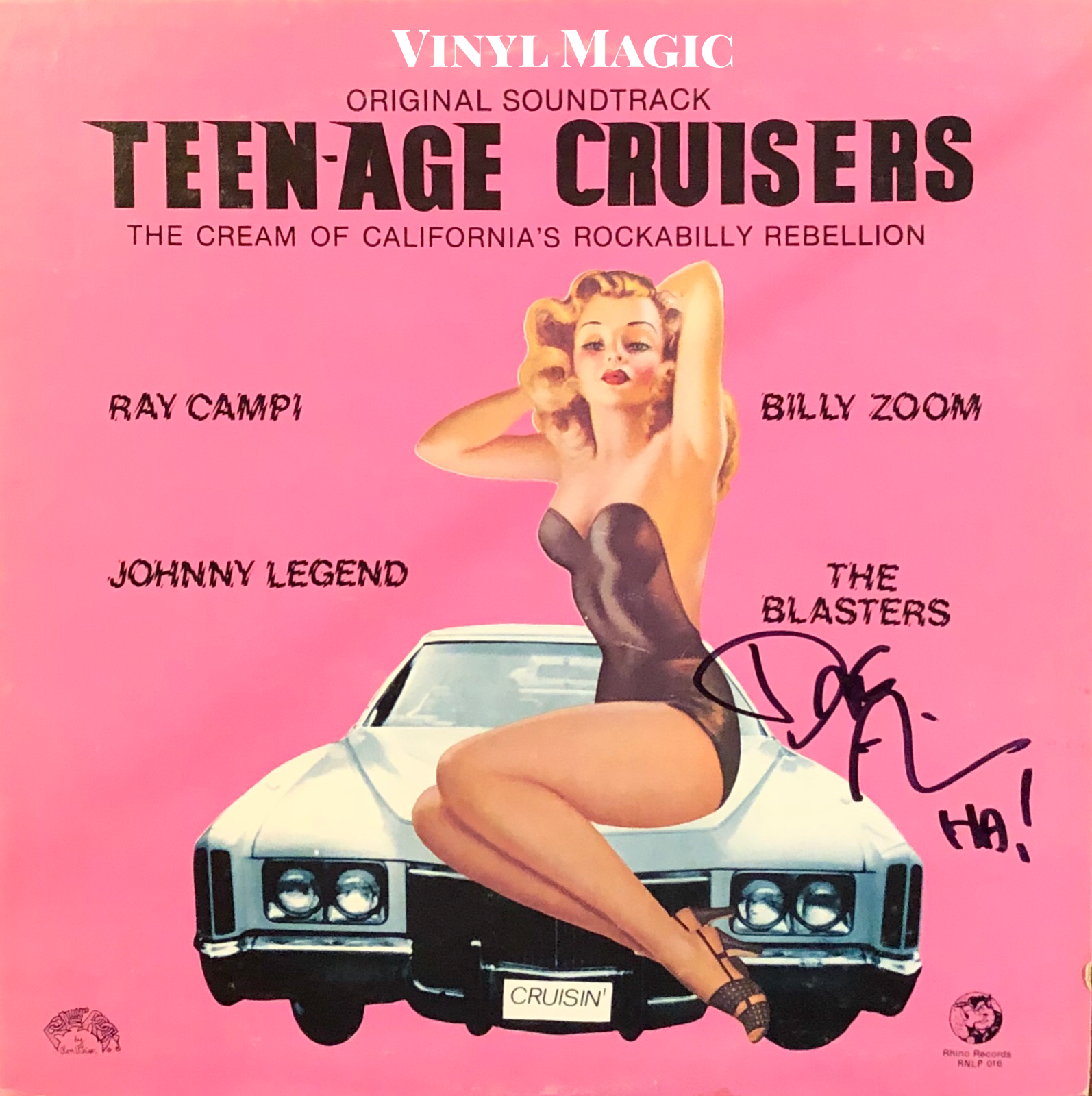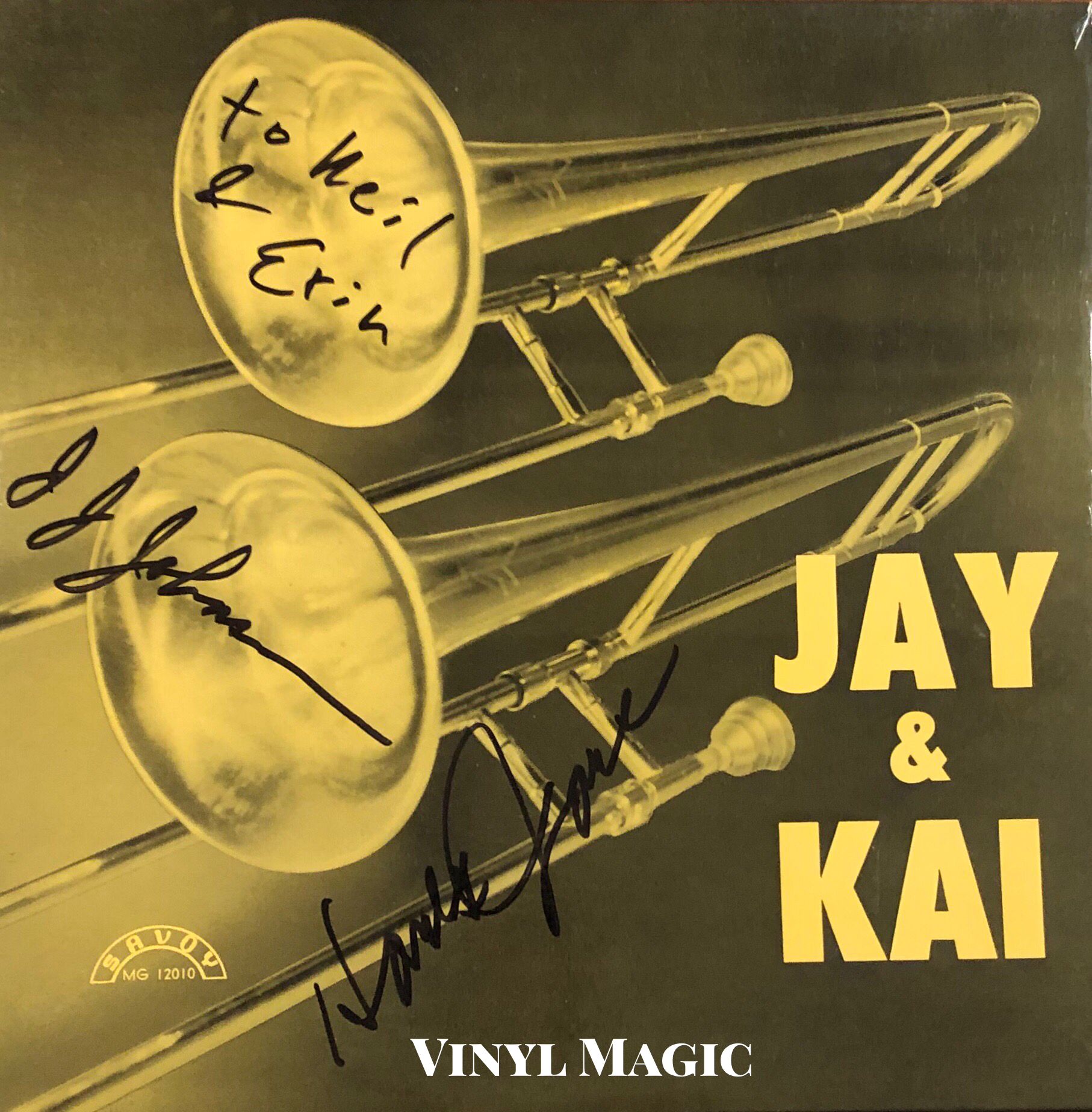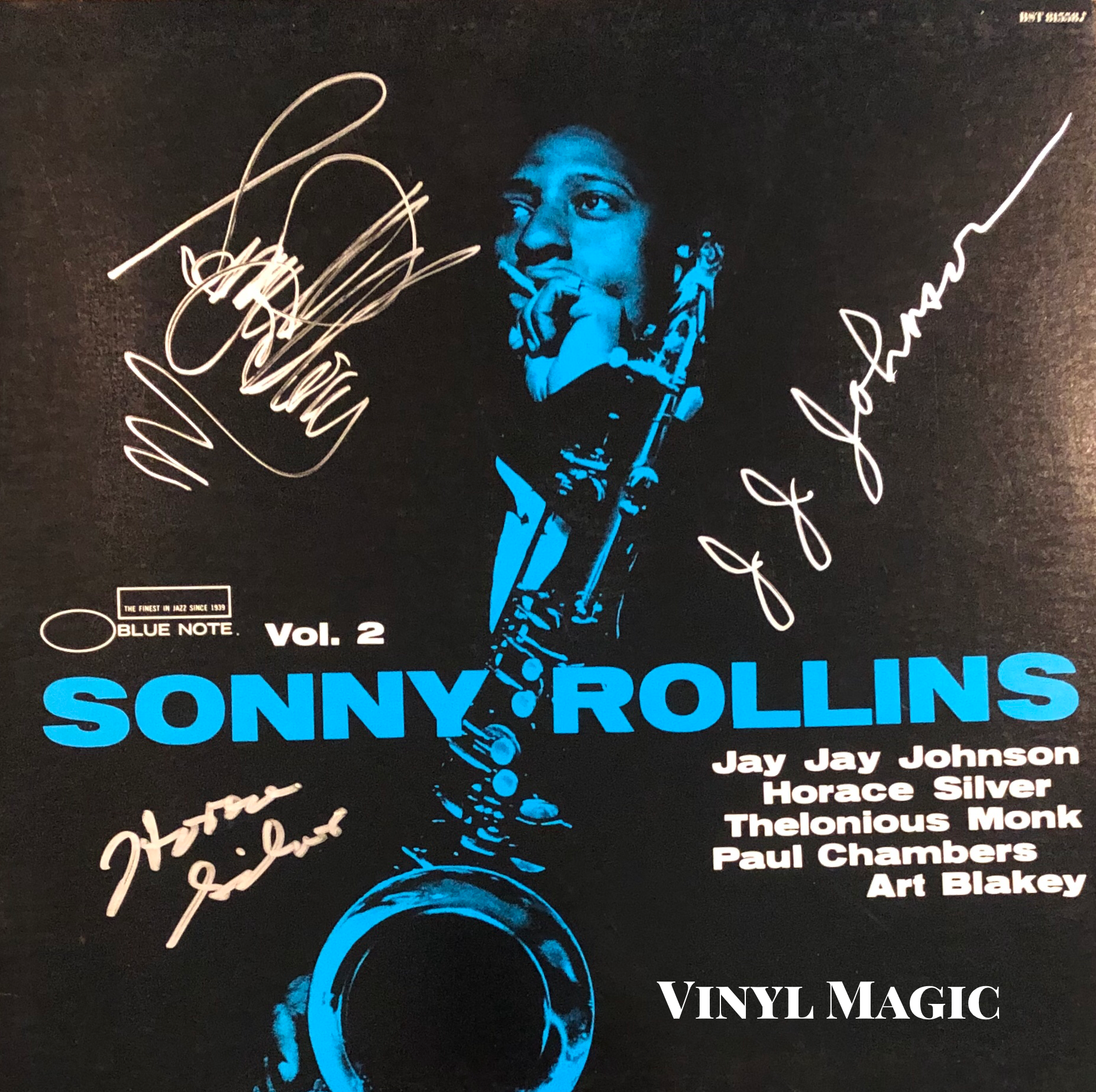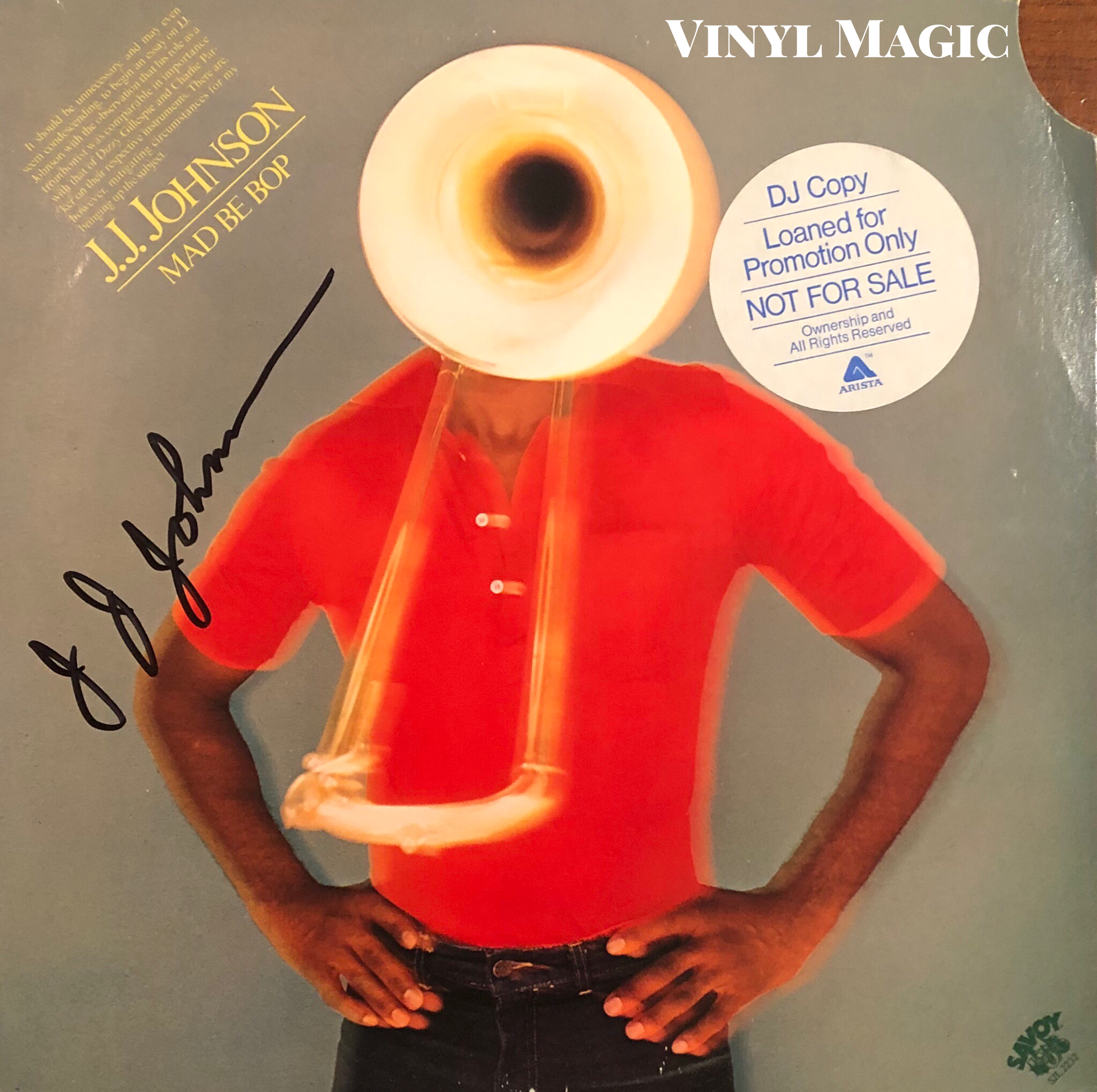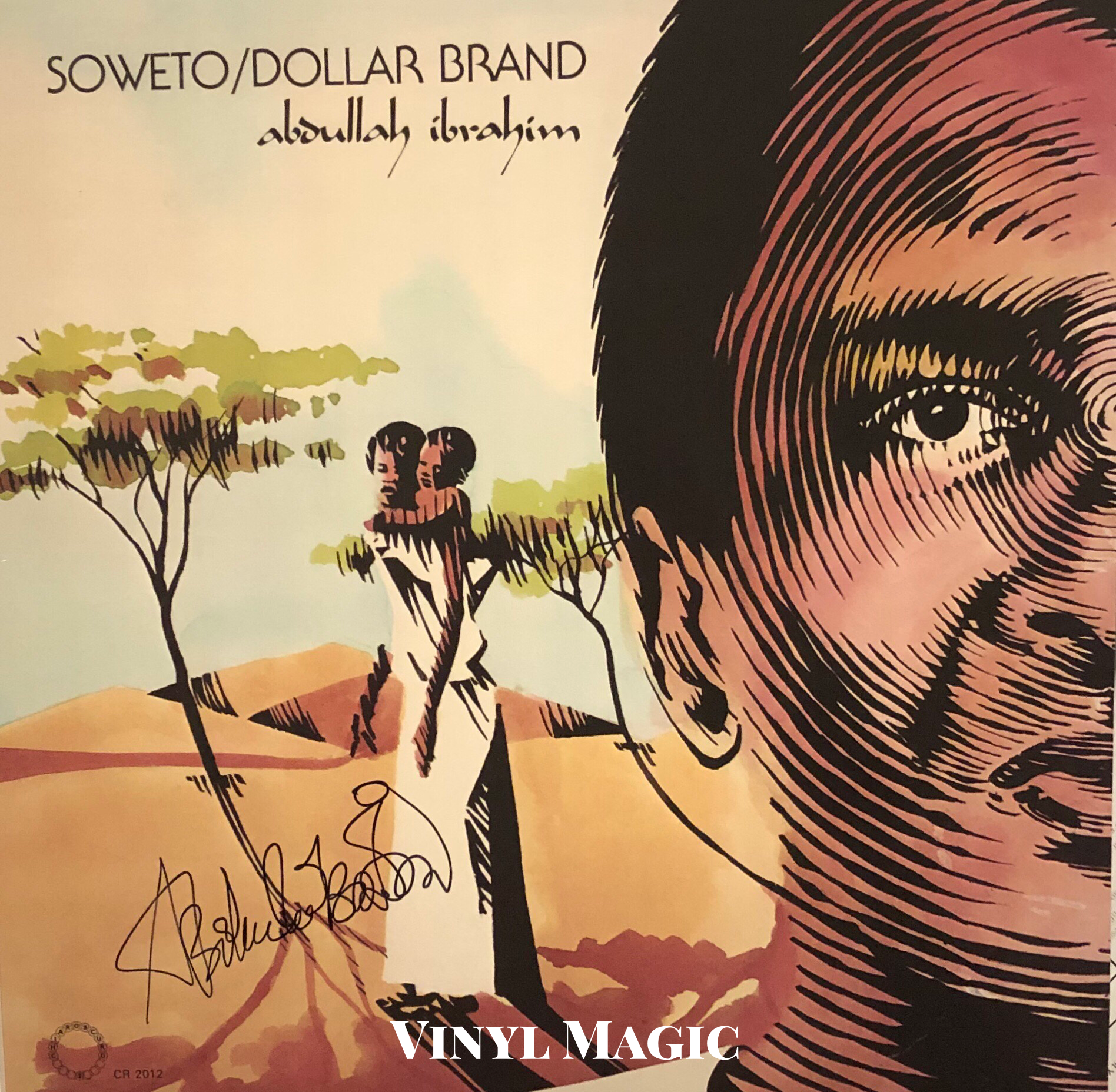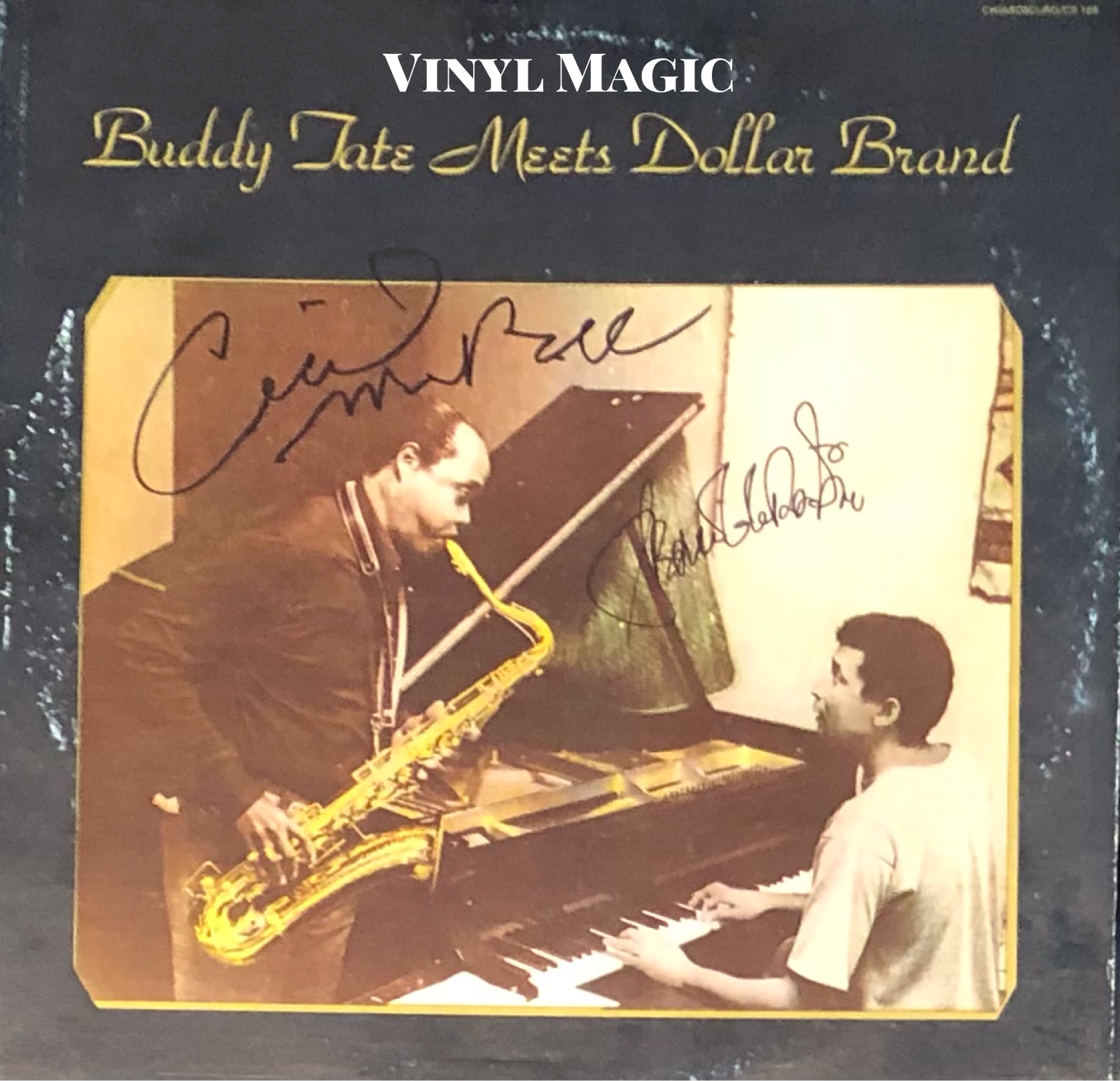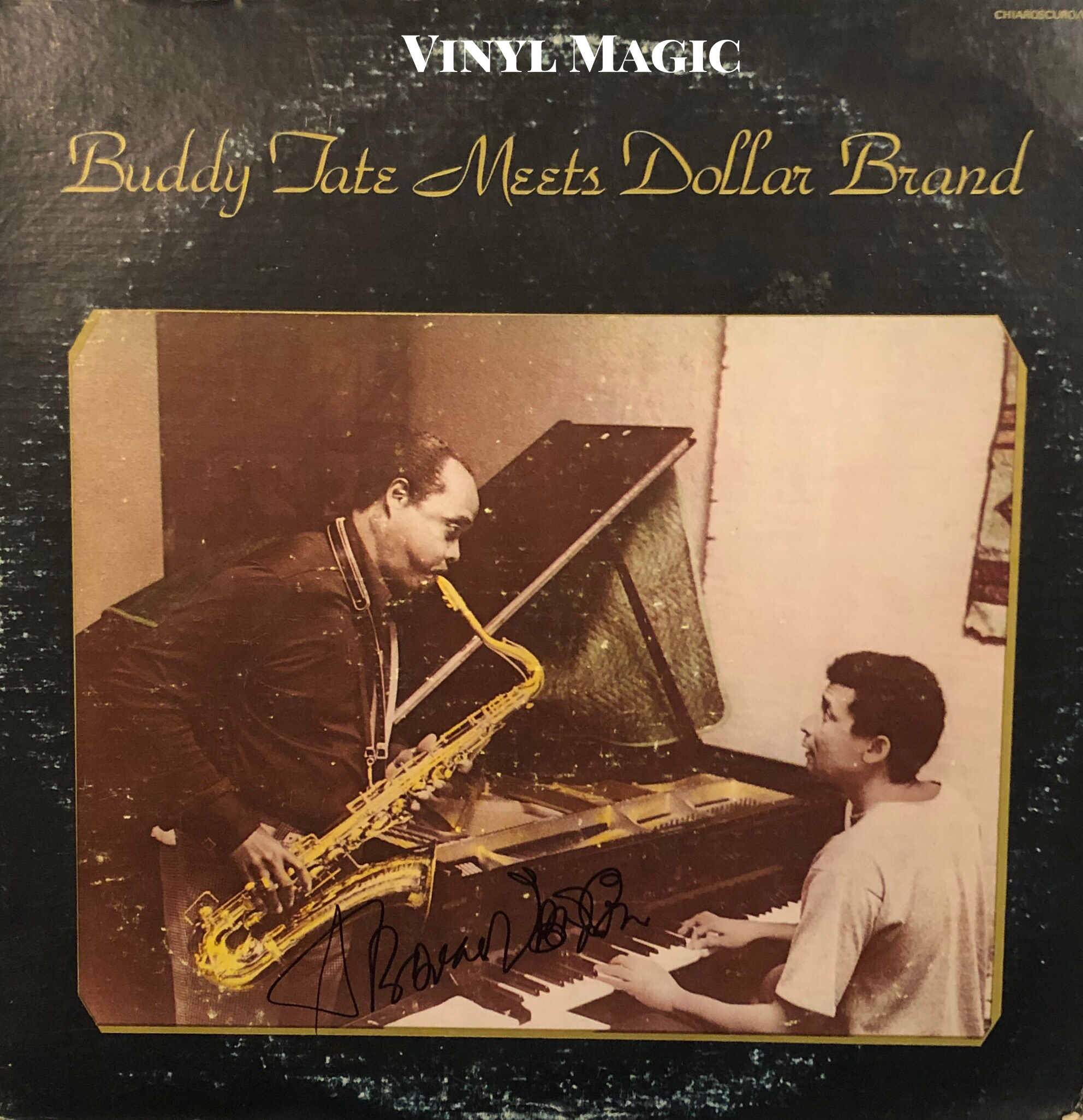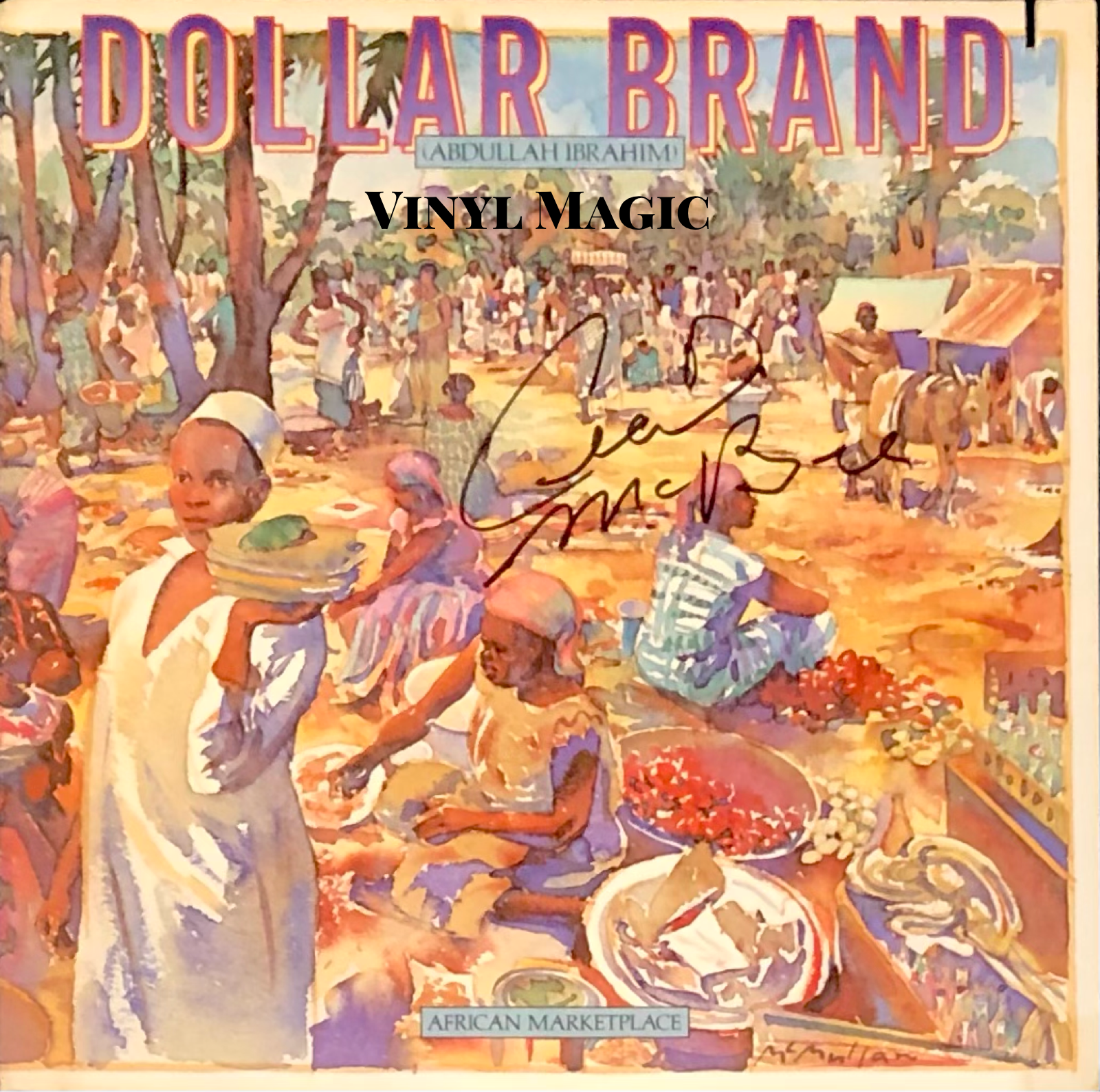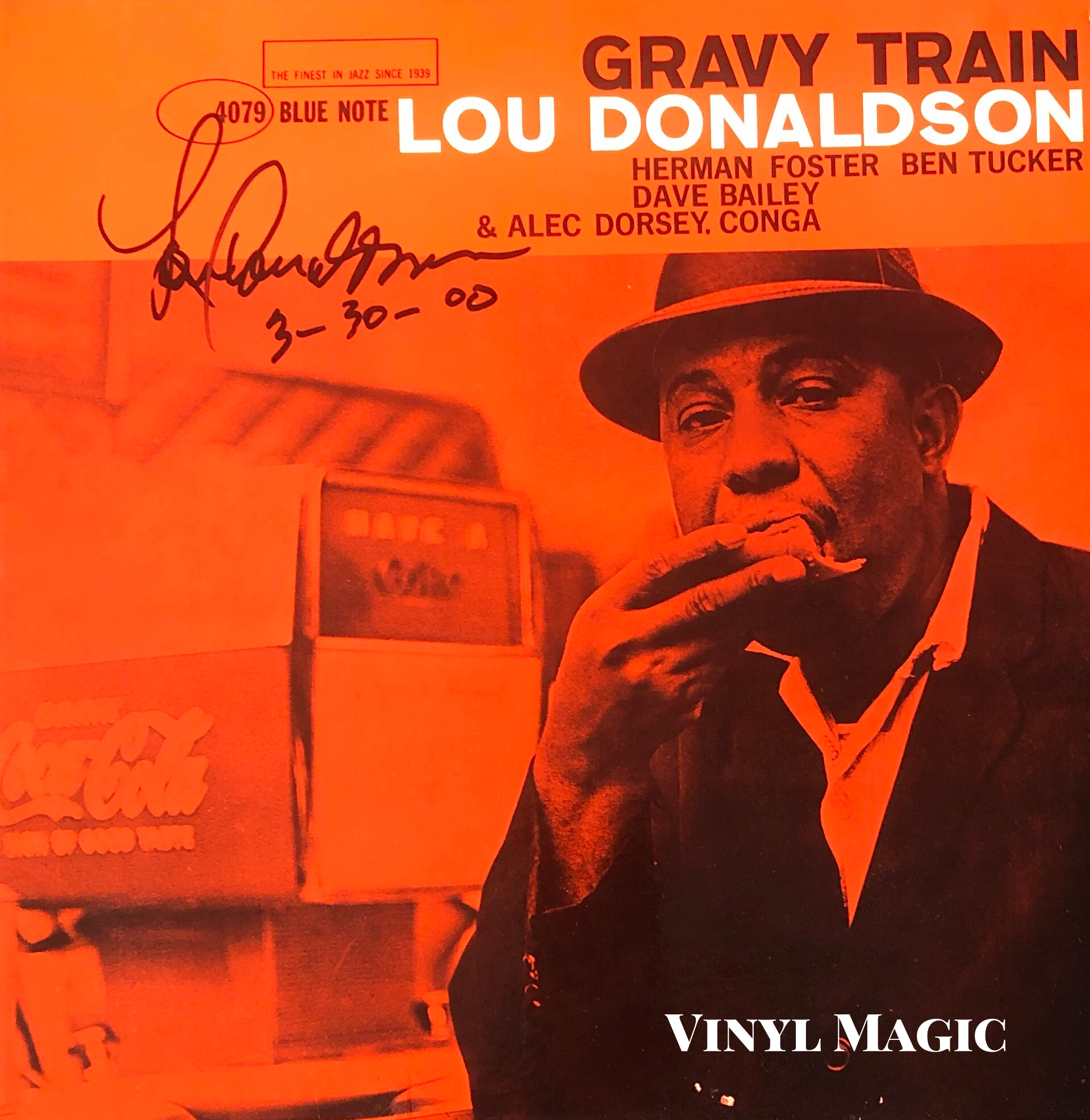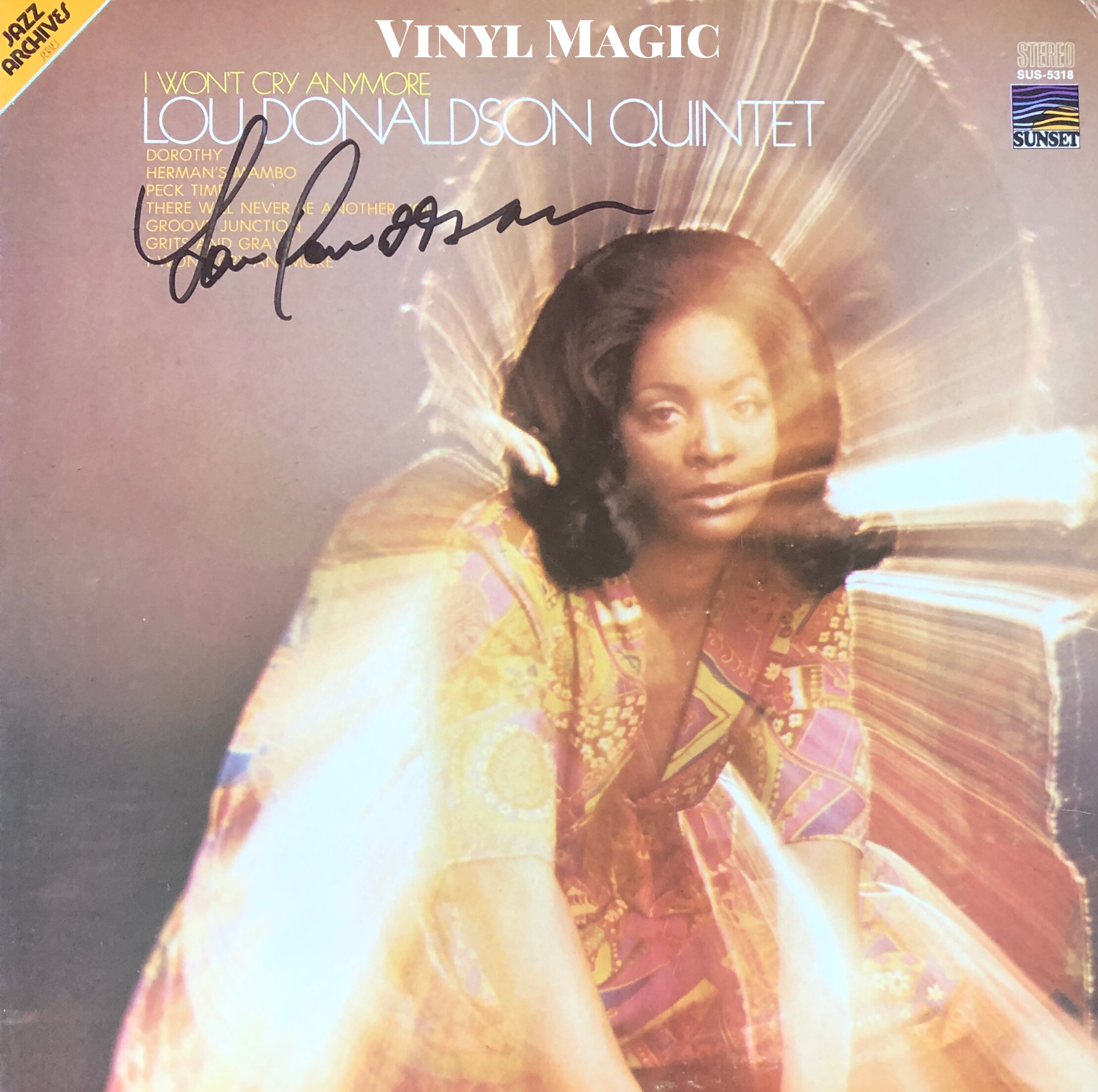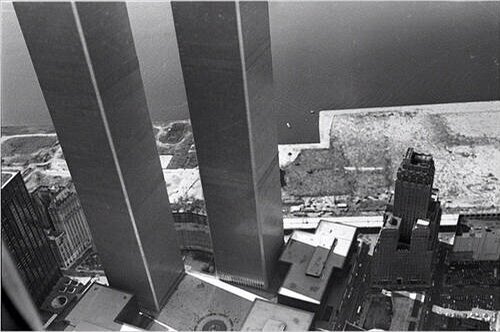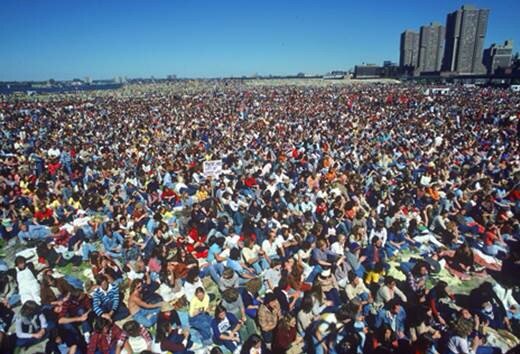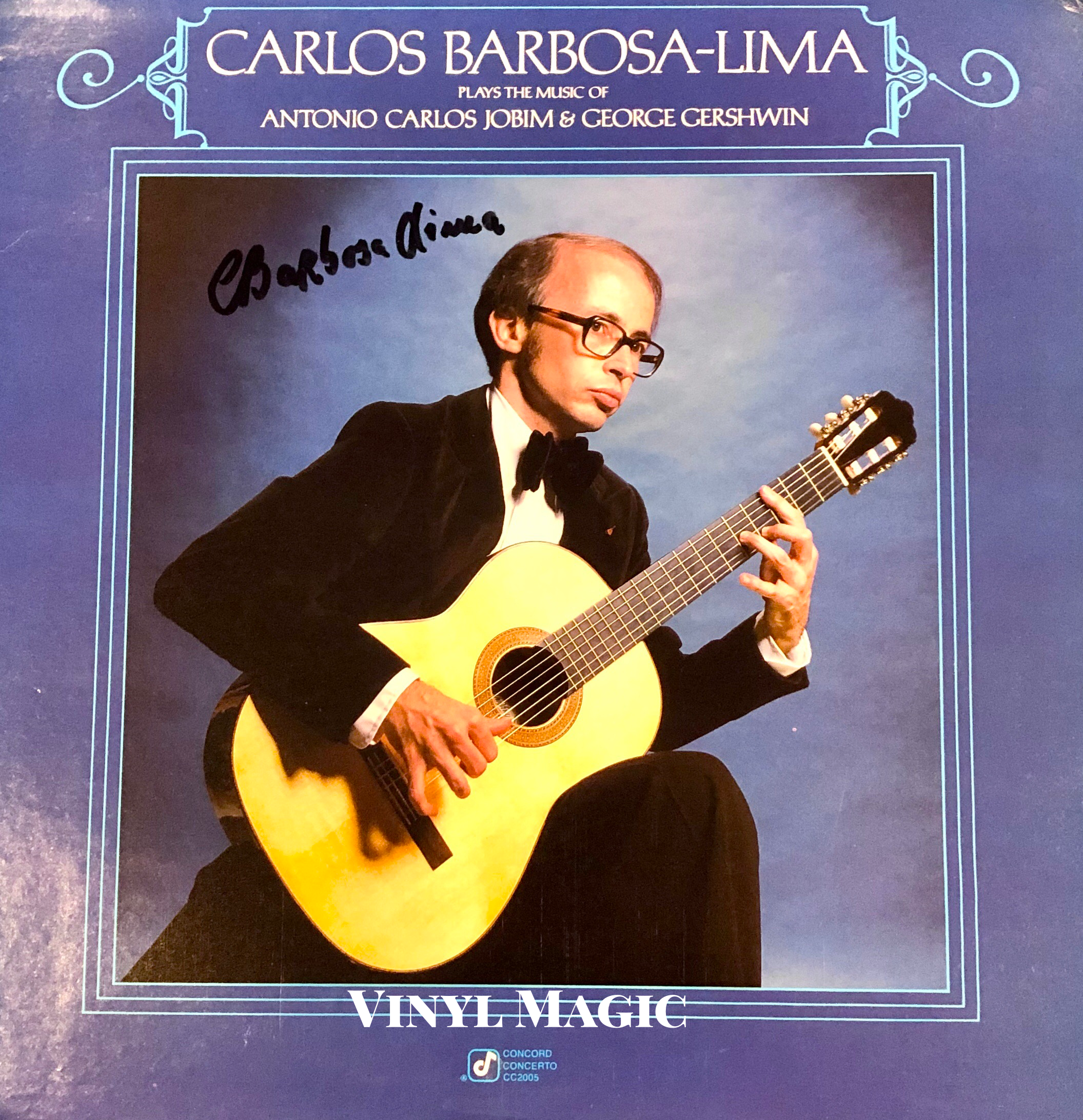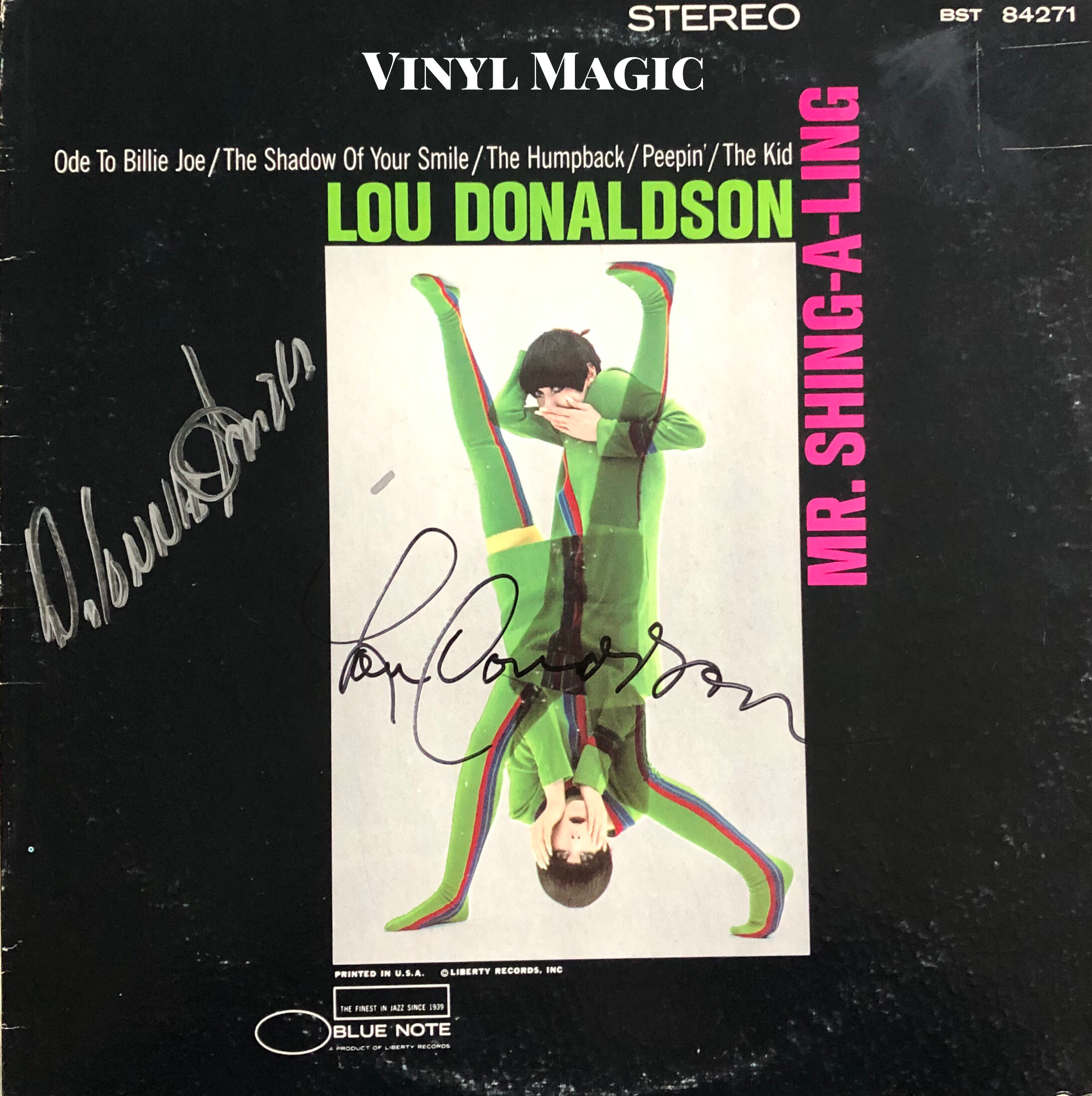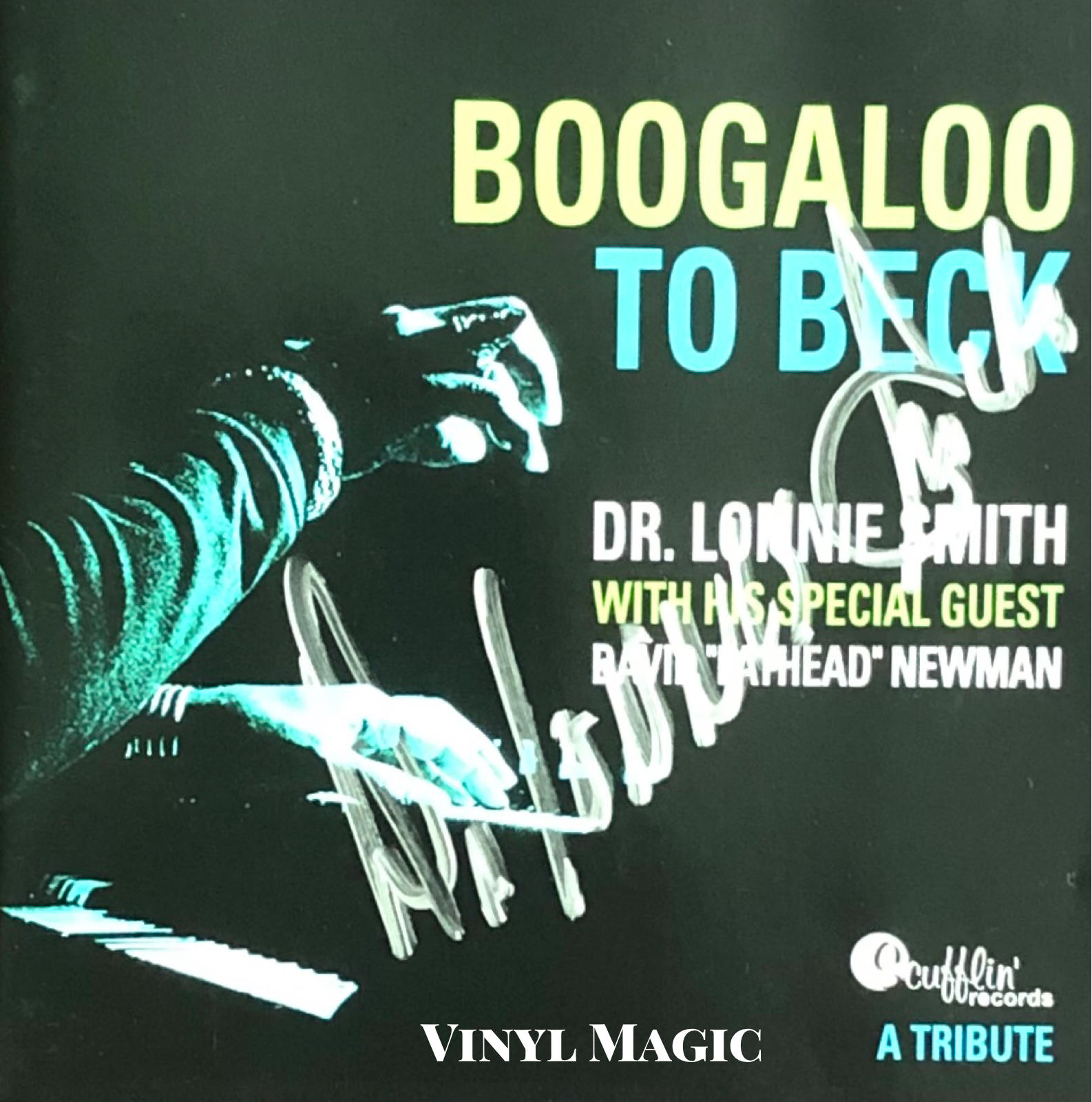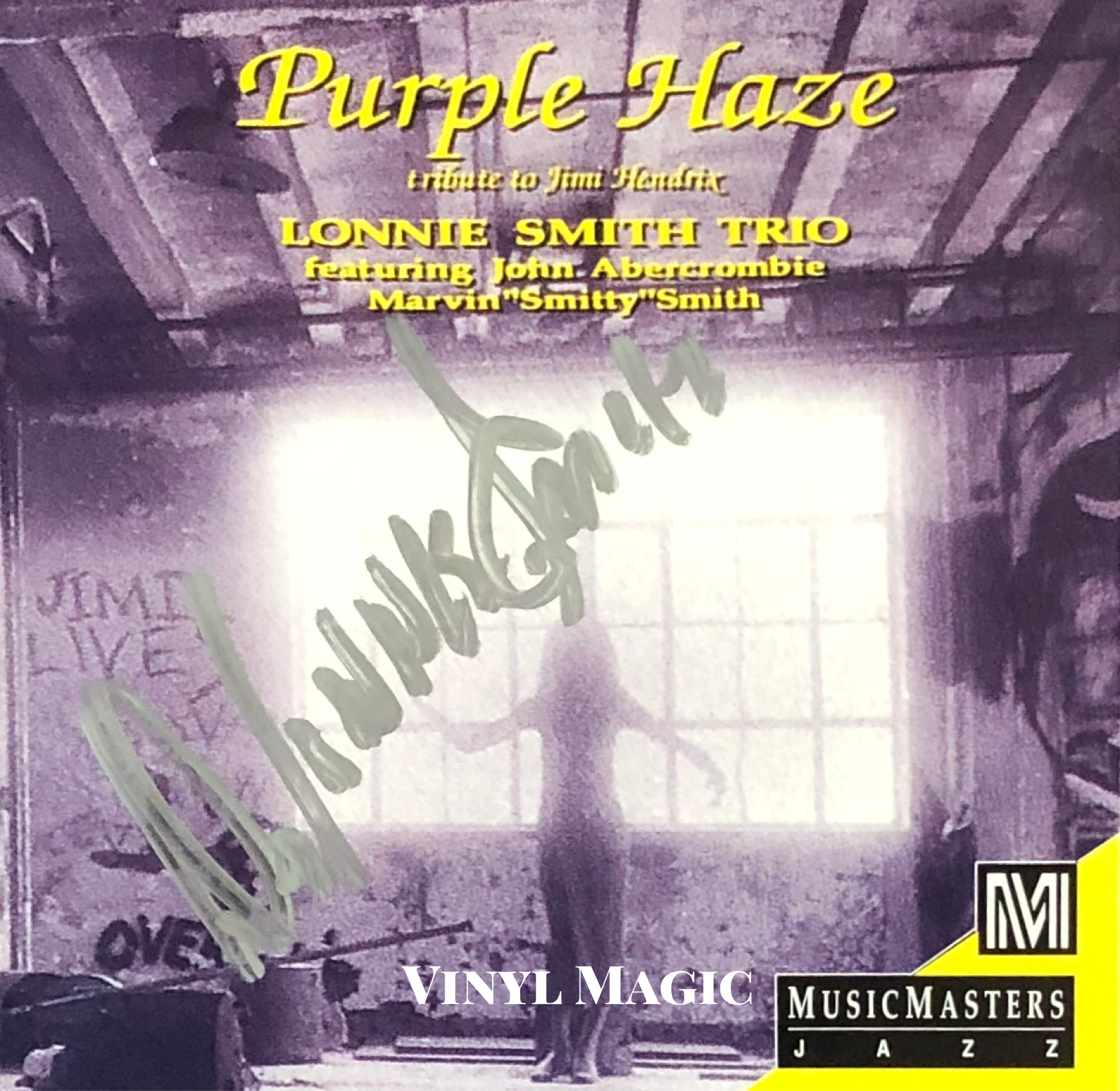Toots & The Maytals and Me…
The music was in Jamaica already, some great musicians played this beat and nobody knew what to call it. I looked at it and I created this word called "reggae." Before reggae, there was this slang in Jamaica, if a girl was not looking so good, we call her "streggae." It was just a joke. If people looking raggedy, we go, "Man, they streggae." Streggae means not looking properly dressed. It's coming from that slang, that's how it came to me, because as a songwriter, I can take a song and make it better, so I composed that word - I went from streggae to reggae. I took that word and said, "Do the Reggay." Before that, people were listening to the new beat in Jamaica and didn't know what to call it. Some people used to call it blue beat and other things, until I released the song called "Do The Reggay."
Frederick "Toots" Hibbert creating the name for the genre Reggae
Reggae is a message of consolation, a message of salvation. The youth are going to the school and they have to listen to the words. The parents have to listen to the words. God has to listen to the words. So we have to make it positive. If you sing nursery rhymes, it is nothing. You just blow up tomorrow and the record dies at the same time. But if you give positive words, that song lives forever.
Toots Hibbert
Funky Kingston (1973) signed by Toots
Real reggae will always be the same, it's about being positive, not negative... People take other music and call it reggae, but it's not reggae, really, it's more like streggae. Because they don't put proper words, and they put foolish things. It's not meaningful for the kids, it's not about love. It's not the reggae that I wrote and the great Bob Marley and Jimmy Cliff and some other great people wrote, that music will always be here.
Real reggae is about stories. We sing about poor people and oppresion and love, that music will always be here. So inferior reggae will always be inferior. People don't use the right instruments: they use a drum machine, they use a keyboard. You need the real piano, the real organ, the real drummer. Reggae music is about the real thing.
Toots Hibbert
If I hear about something happening to one of my friends, anybody, I can put it together, I create the music for songs. I play instruments, I play bass, I play organ, I play drums, I play harmonica, I play a lot of things. So I'm a creator of music. If something happens or I hear a story... then I can write a song about it. I'm a songwriter, that's what I am.
Toots Hibbert
Reggae was created by musicians who lived in the slums of Jamaica. Even though I created the word "reggae," if it wasn't for these great musicians, I could not have done that. My kind of reggae is a bit different. It's R&B, its rock 'n' roll and gospel.
Toots Hibbert
Reggae Got Soul (1976) signed by Toots
I've never really pimped our kids to get albums signed at shows. It seems unseemly and exploitative. Well, all right, there was the time I had Kendall knock on Calexico's tour bus when she was eleven or so, and we also laid in wait for Sonny Rollins, saxophone forever colossus, when the kids were young, but, I promise, Kendall was definitely of legal age when we met the elusive and mercurial genius Jeff Mangum of Neutral Milk Hotel. As you can see, I mostly believe in the separation of church and state, except sometimes.
The first proper live show to which we brought Kendall, Brendan and Camryn was an unlikely choice: the great reggae singer Toots Hibbert and his band The Maytals at the Ridgefield Playhouse in 2007. Since our children were so young (ten, eight and six), Erin and I were adamant that if anyone started smoking, we would have to leave. Luckily, the Ridgefield Playhouse, a small venue with only five-hundred seats, had a strict no smoking policy which was rigorously enforced and remarkably observed, probably for the first time in the history of any reggae concert.
Tickets to Toots and The Maytals, 2007
The vibe wasn't like that at our first Toots show in Jamaica in 1983. Erin and I were staying in Negril in a small thatched beach villa, and Toots was playing a gig right across the street at Little Bigga's, an outdoor venue. The show was supposed to start at 11pm. Unfortunately, island time is illusory and punctuality in Jamaica non-existent, so the opening act, Rita Marley and the I Threes, came on around 2am. Through the smoke and haze, Erin and I left and we listened from our hotel room across the street. Toots finally came on at 4am and played his usual incendiary set.
The show with our kids at the Ridgefield Playhouse in 2007 was equally scintillating. Before the show, Erin took two of the kids and went to see Toots to get some vinyl signed. She knocked on the tour bus to no avail. Erin persisted and, after a couple of loud knocks later, Toots opened the door and cheerfully signed the albums. Now it was back to our seats for the kids first show!
Toots had a great band and he was showcasing his recent release Light Your Light. He introduced some strong original songs, reworked some of his classics - "Pressure Drop", "Bam Bam", "Sweet and Dandy", "Funky Kingston" and even sang a moving cover of Otis Redding's "Pain In My Heart." I have always thought that if Frederick "Toots" Hibbert was born in Dawson, Georgia, he would sound like Otis Redding, and if Otis was born in Kingston, Jamaica, he would sound like Toots. I'm not the only one. Keith Richards once said, "As a singer, he's amazing. His voice reminds me very much of the timbre of Otis Redding. When you hear him do "Pain In My Heart", it's an uncanny resemblance." Upon his recent death, Keith added, "Toots was a giant. I loved working with him. I loved hanging with him. I will always miss him."
Other highlights from the Ridgefield show included an uptempo "Monkey Man", and a riveting version of "54-46 Was My Number", a protest song that Toots wrote long ago to profess his innocence on a trumped up maijuana charge which resulted in Toots serving more than one year in jail. He also sang a powerful, reggae-infused take on the civil rights anthem, "We Shall Overcome." Toots was such a mesmerizing and magnetic force on stage, we actually believed it was possible to overcome all. How we need him now!
Toots In Memphis (1988) signed by Toots
Sadly, that was the last time we saw Toots perform live. In 2013, while he was performing in Richmond, Virginia, Toots was hit in the head by a vodka bottle hurled by a drunken idiot. Toots was concussed very badly, had a gash that required six staples and spent the next three years trying to recover from this very serious head injury. It was an especially difficult recovery for a heretofore active seventy-year old artist who had been performing for more than fifty years. His vibrancy dimmed as he suffered severe headaches, anxiety, memory loss and, most unwelcome of all, a fear of crowds. In true Toots selfless fashion, he did forgive his nineteen-year old assailant, and at the court sentencing, his letter was read to the court exhorting the judge for leniency. In part it read, " He is a young man, and I have heard what happens to young men in jail. My own pain and suffering would be increased substantially knowing that this young man would face that prospect."
Though he wasn't able to tour or record for three years, Toots did resume some limited travel and touring recently, and he released his latest album in late August 2020, just a few weeks before he succumbed to Covid complications in Jamaica. Appropriately titled Got To Be Tough, it was his first release in eight years.
Sadly there will be no more shows, but what a legacy Toots leaves us. It's not many artists, if any, who not only name a musical genre but remain such a driving force in its creation and sustenance. As he sang so well,
"I want you to know that I am the man
Who fight for the right, not for the wrong
Going there, I'm growing there
Helping the weak against the strong
Soon you will find out the man I'm supposed to be"
Thanks and praises Frederick Toots Hibbert and all Maytals.
Toots at The Fillmore, San Francisco 2017
Choice Toots cuts (per BKs request)
https://www.youtube.com/watch?v=gbaaQTBOrZg
“Do The Reggay” 1968
https://www.youtube.com/watch?v=EKC7Vpipcqg
“Do The Reggay” unplugged and acoustic
https://www.youtube.com/watch?v=uw66FA6OTqA
“Pressure Drop”
https://www.youtube.com/watch?v=yhUarheir6E
“We Shall Overcome”
https://www.youtube.com/watch?v=wNxNwvjzGM0
“54-46 Was My Number”
https://www.youtube.com/watch?v=5XjRXBY4B2E
“Funky Kingston” live at Winterland 1975
https://www.youtube.com/watch?v=l6o7vkVxeNg
“Bam Bam” (with Shaggy)
https://www.youtube.com/watch?v=Aoh5VfwEjw0
“Peace Perfect Peace”
https://www.youtube.com/watch?v=ErQ2UB44k-o
“Sweet And Dandy” excerpt from The Harder They Come
https://www.youtube.com/watch?v=if9rI9BoUas
“I’ve Got Dreams To Remember” (Otis Redding cover)
https://www.youtube.com/watch?v=A0WLkeLvSJ8
“Pain In My Heart” (Otis Redding cover)







